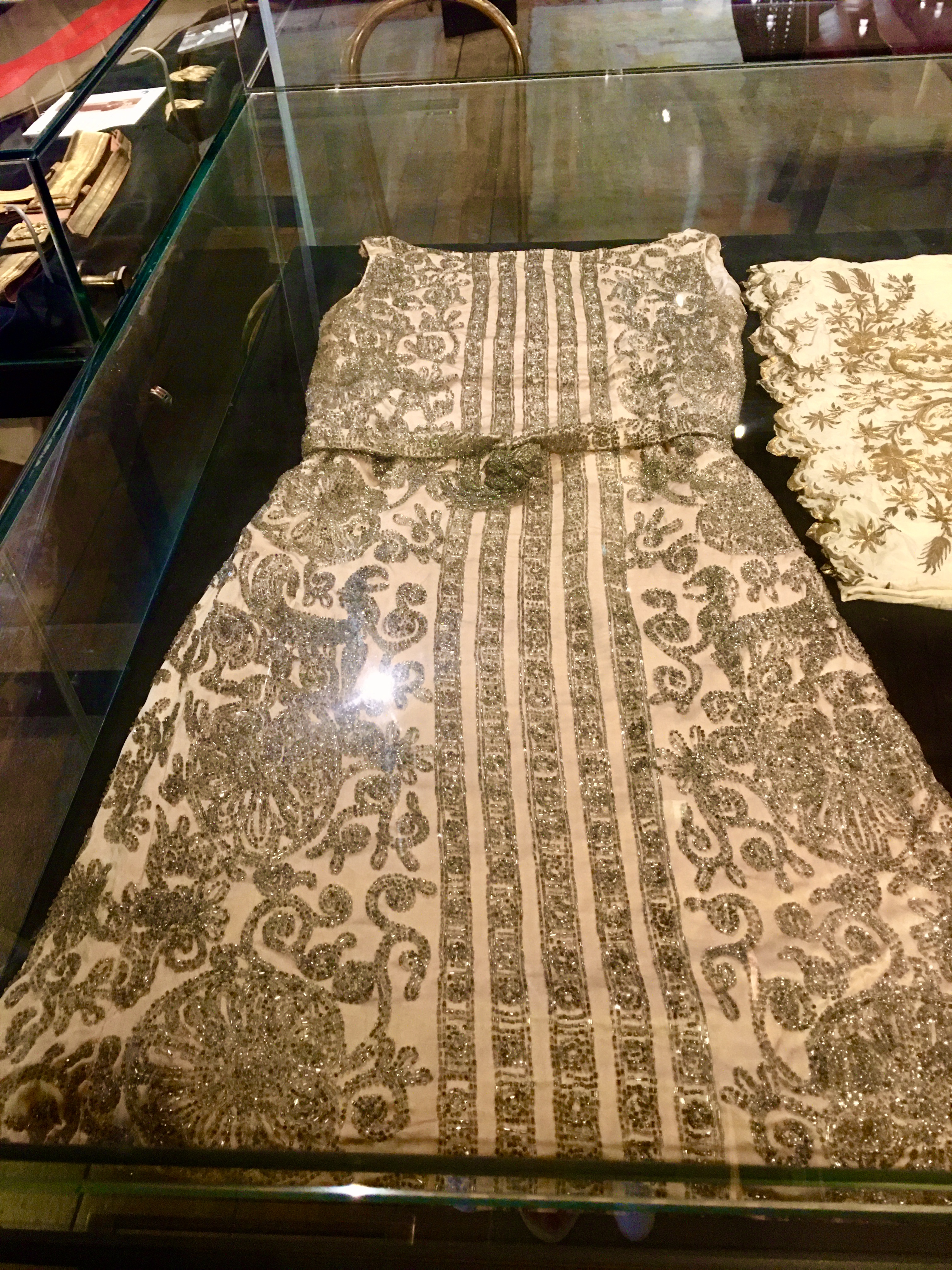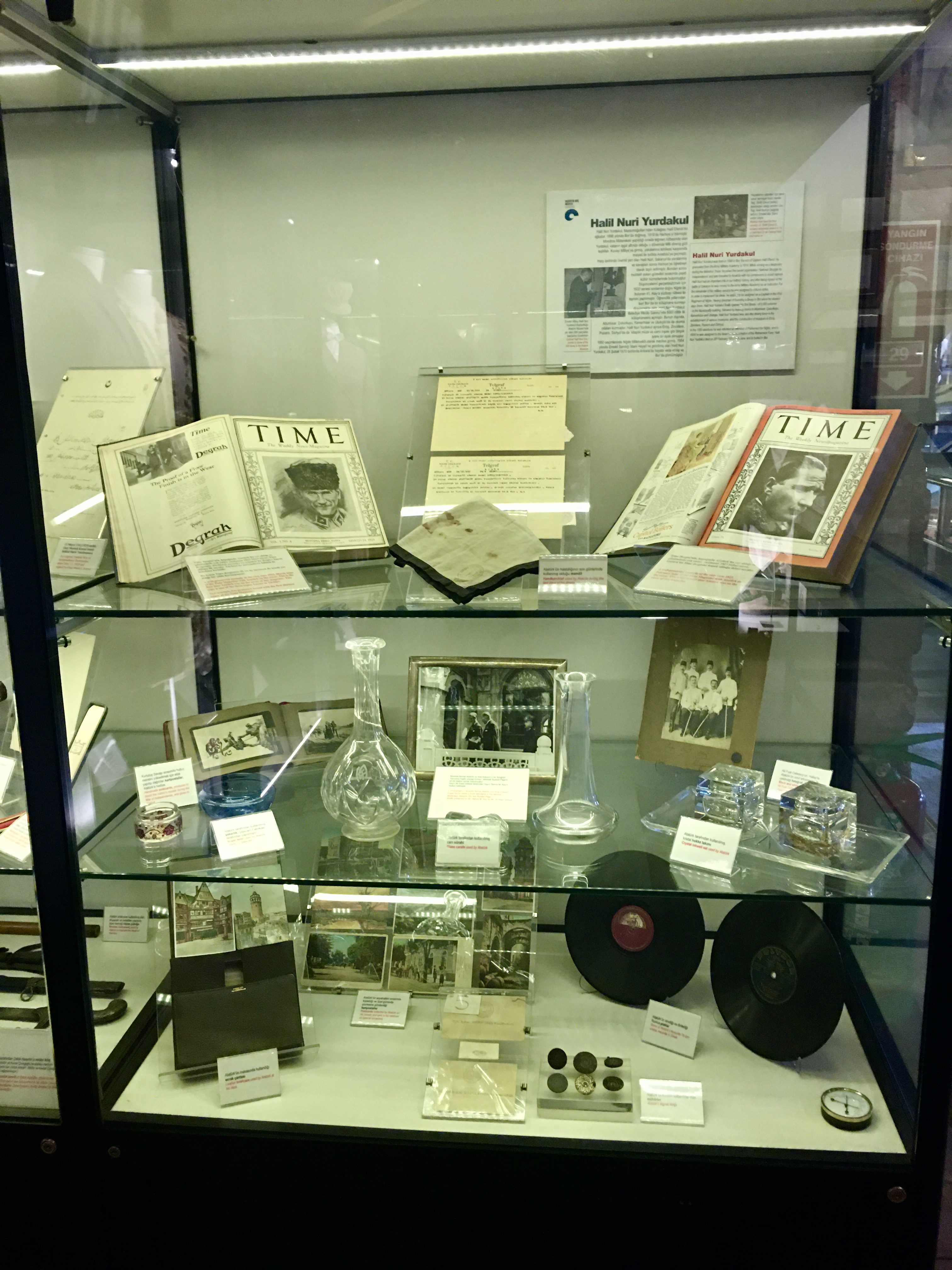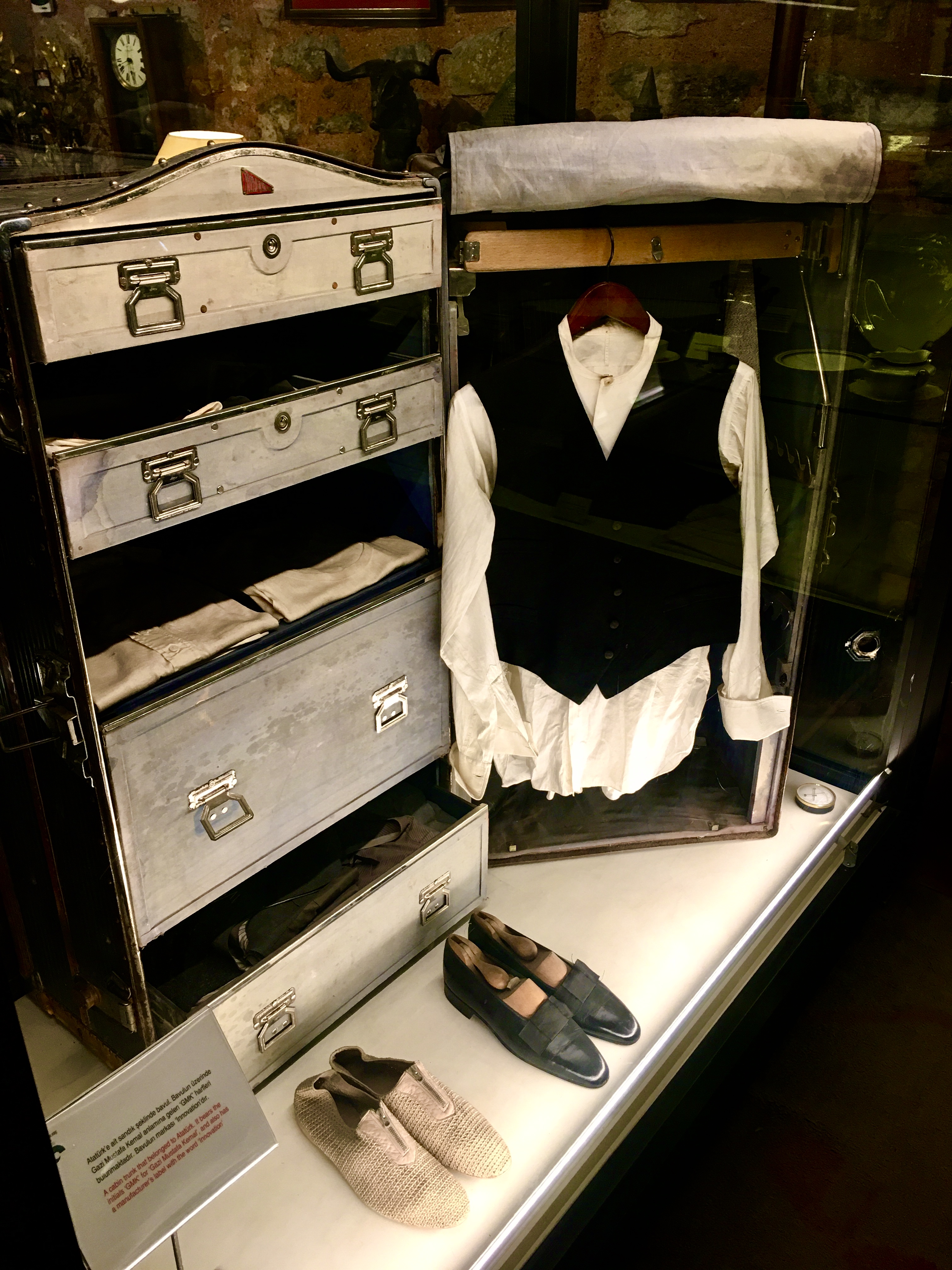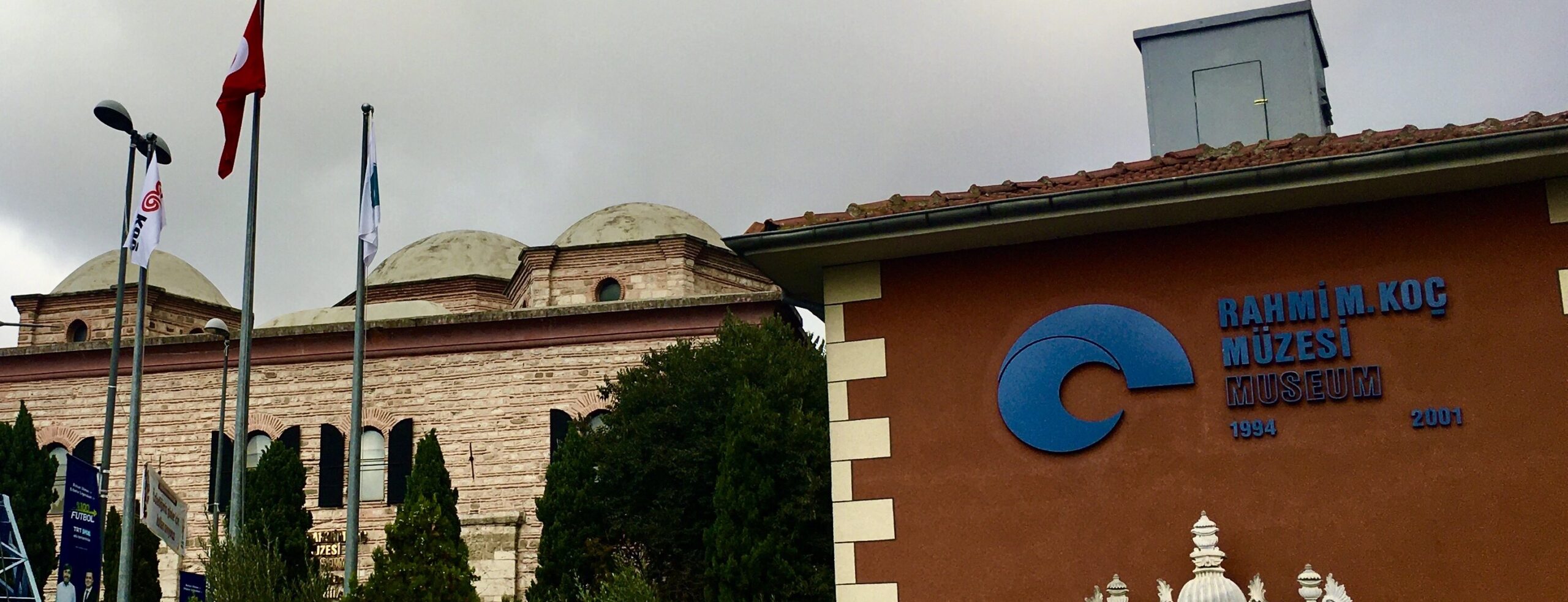It is not likely but, during your stay in Istanbul, if you ever feel a little bit fed up and need a break from the archaeological and historical sites, there are plenty of options to make up for that too. The Rahmi M. Koç Museum is among the best alternatives in the city for that purpose. Furthermore, it is also a museum you can visit with your children. You can practically spend a whole day there including a meal at the exquisite Halat Restaurant by the Golden Horn, at the Cafe du Levant if the weather is cold or at the more modest cafes and snack bars on the premises. Apart from visiting the museum, on weekends you can take a ride on the nostalgic Hasköy-Sütlüce train along the Golden Horn. Exploring the Golden Horn on a journey with one of the old boats in the museum’s collection is also highly recommended. One of these, Rosalie, is a steam tug boat which is one of the oldest of its kind in the world.
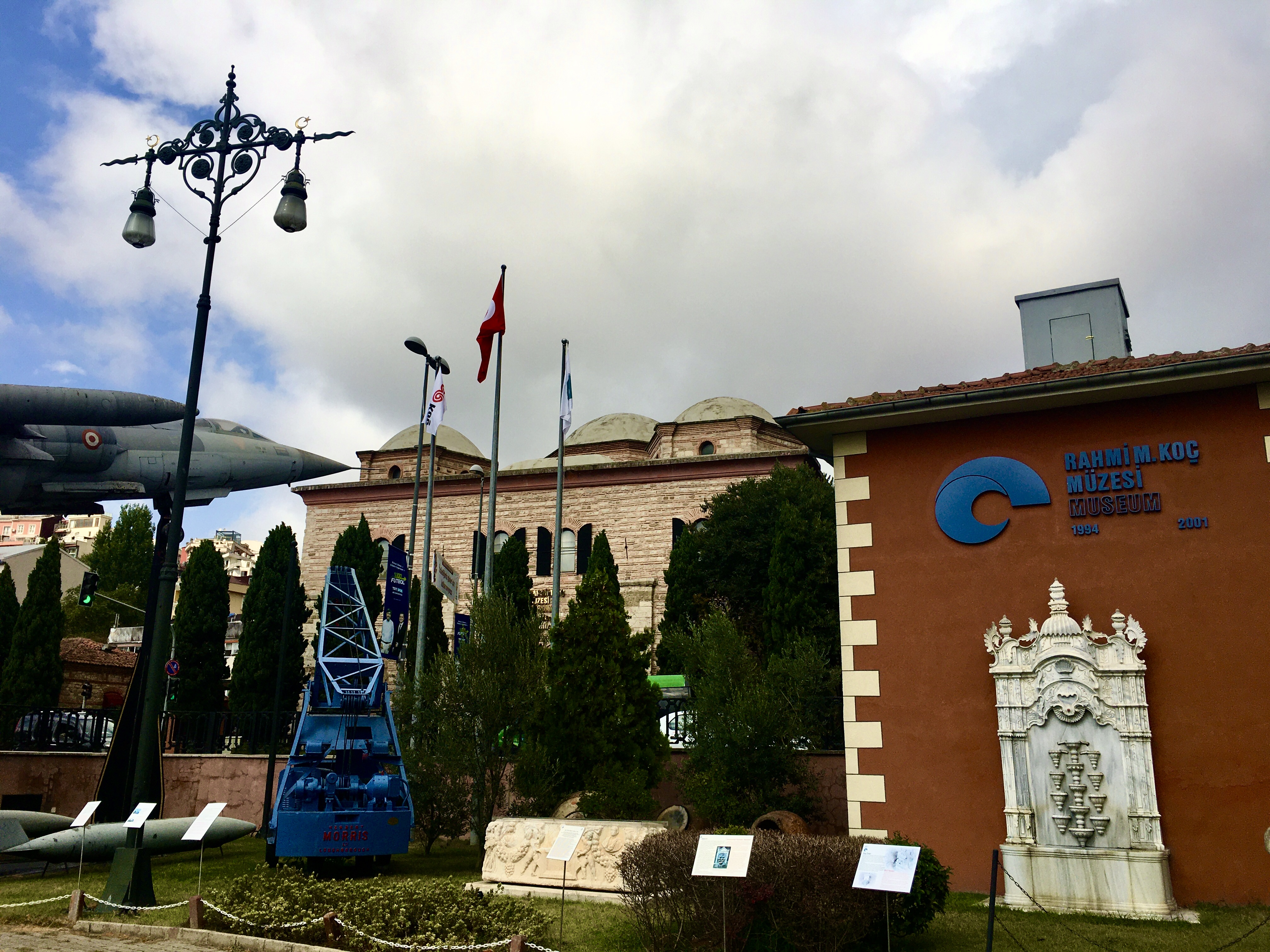
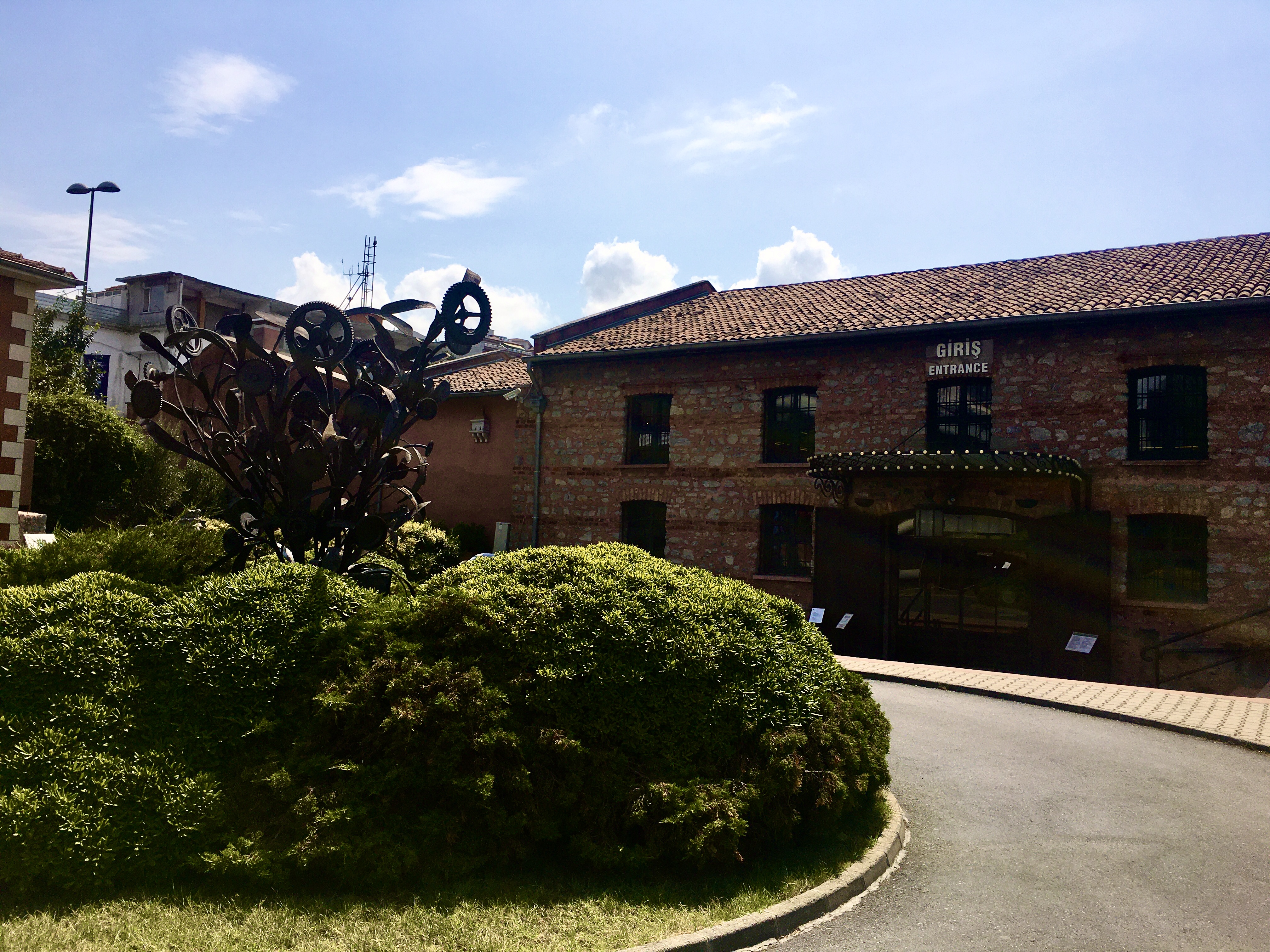
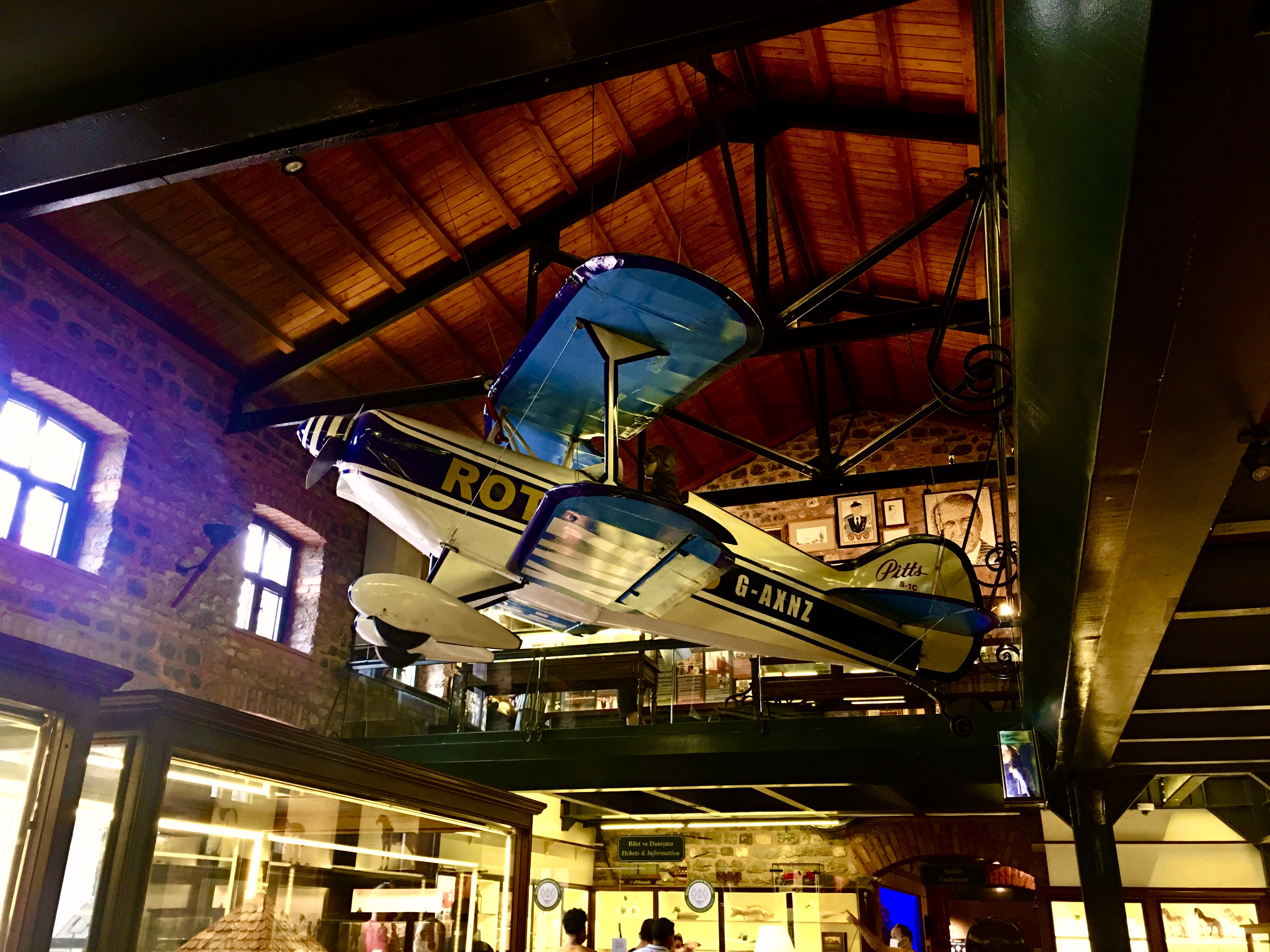
The Rahmi M. Koç Museum is a private and non-profit institution which is dedicated to collecting, housing, preserving and exhibiting industrial and engineering objects from all over the world and across centuries. Therefore, the collection does not consist of objects just from Turkey, but from countries that have been the cradle of industrialisation in history such as the UK and the US as well. The mission of the museum also includes documentation and research to support studies on world industrial history.
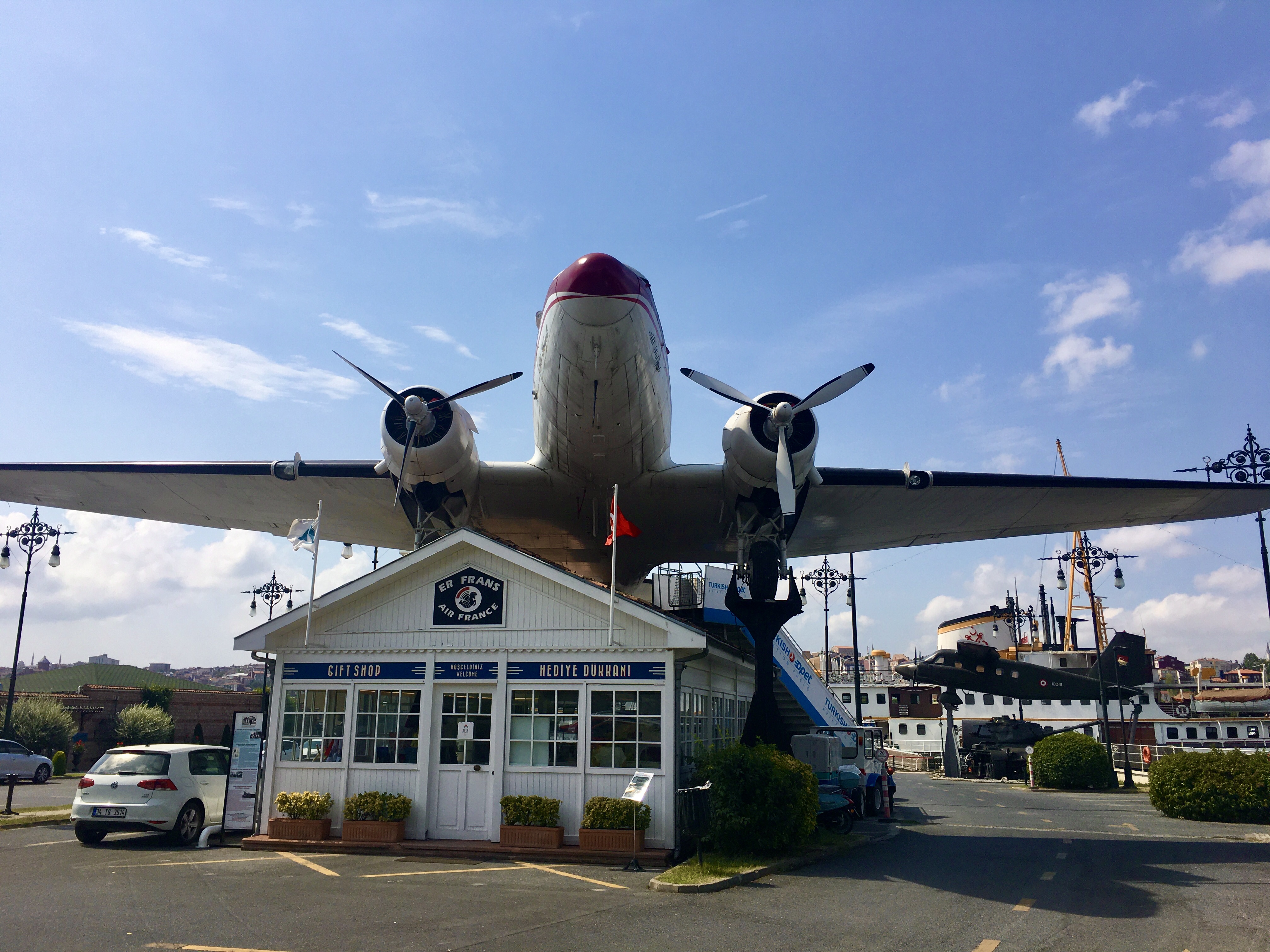
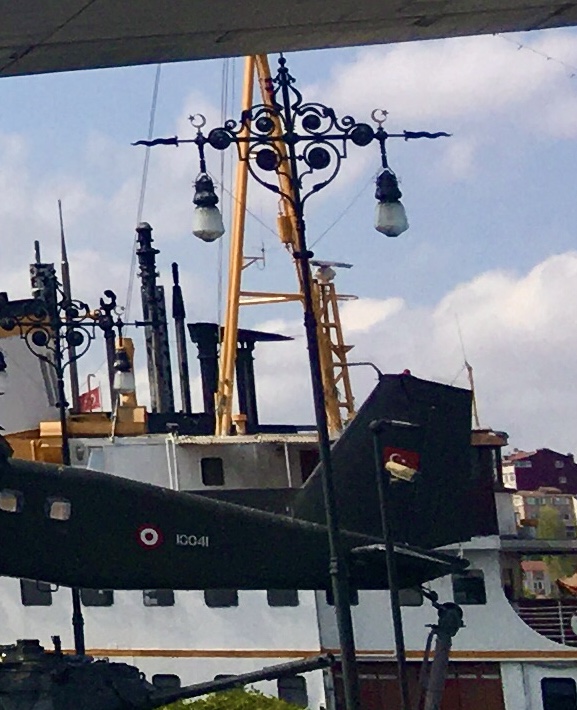
The industrialist and founder of the museum, Mr. Rahmi Koç, states that his passion for collecting mechanical items began at the age of 4 or 5, when his father gave him an electrical toy train as a present upon his return from a trip to Germany. This present triggered in him an interest in collecting mechanical and industrial items. He was later inspired by museums such as the Deutsches Museum in Munich, the Science Museum in London and the Henry Ford Museum in Detroit. It was especially the last one of these museums that gave him the determination to exhibit his collection under a single roof. By that time, his collection had become vast, filling up all the possible storage areas in his houses, offices and warehouses. The decision augmented his collecting activities while a search for a suitable location for the museum was simultaneously started. A restoration workshop was also established from the start, since not all of the acquired items were in good condition.

Source: http://www.rmk-museum.org.tr
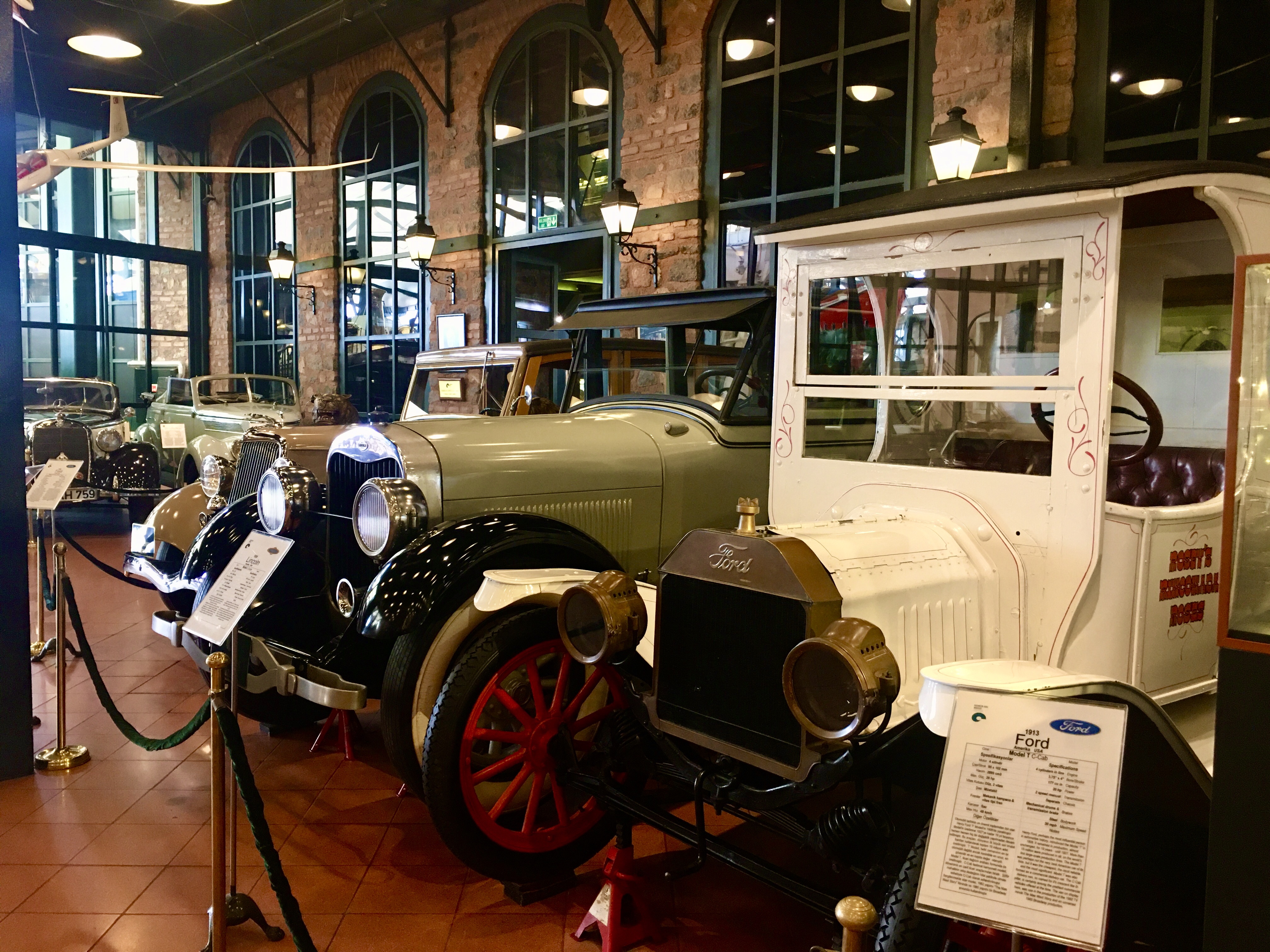
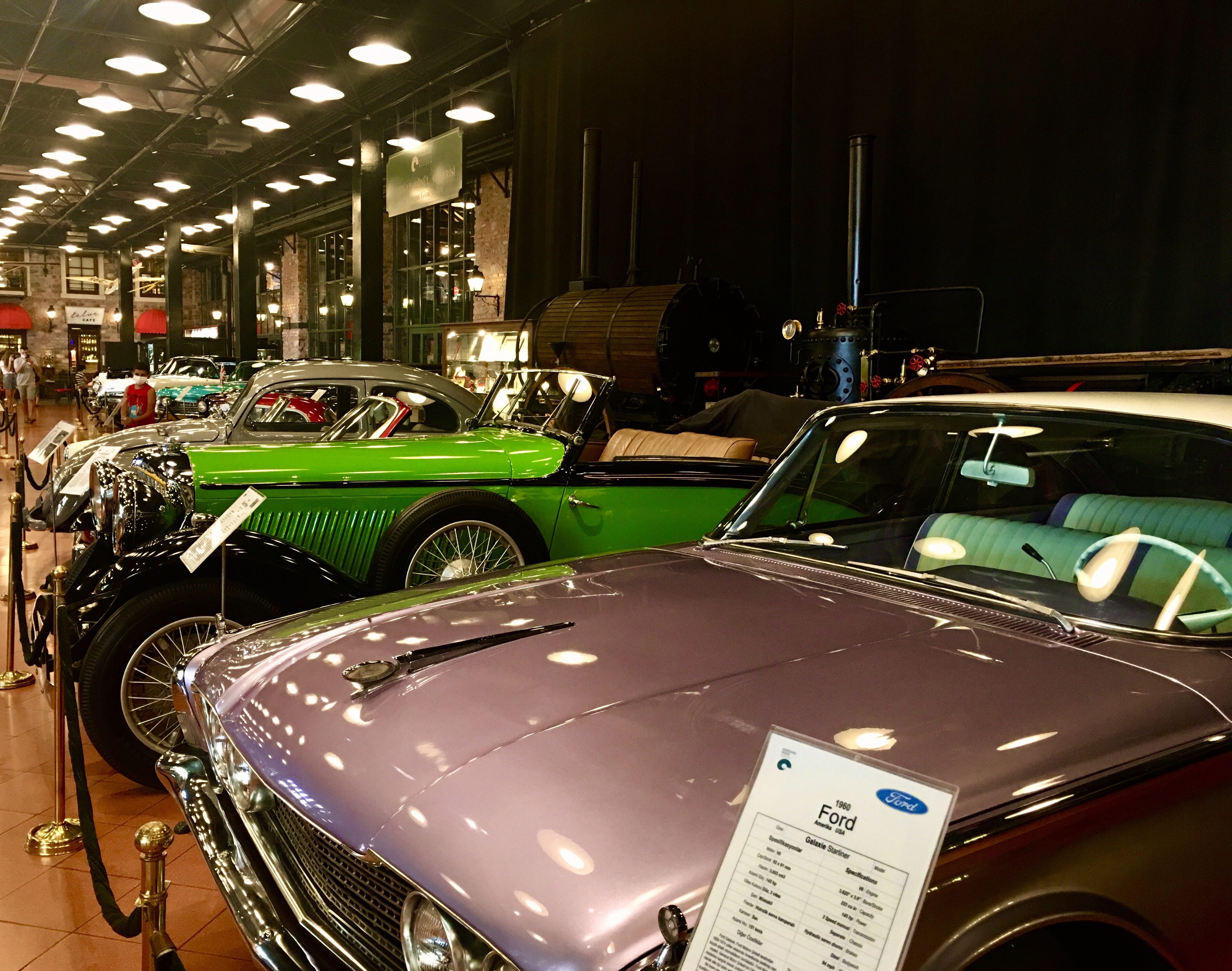
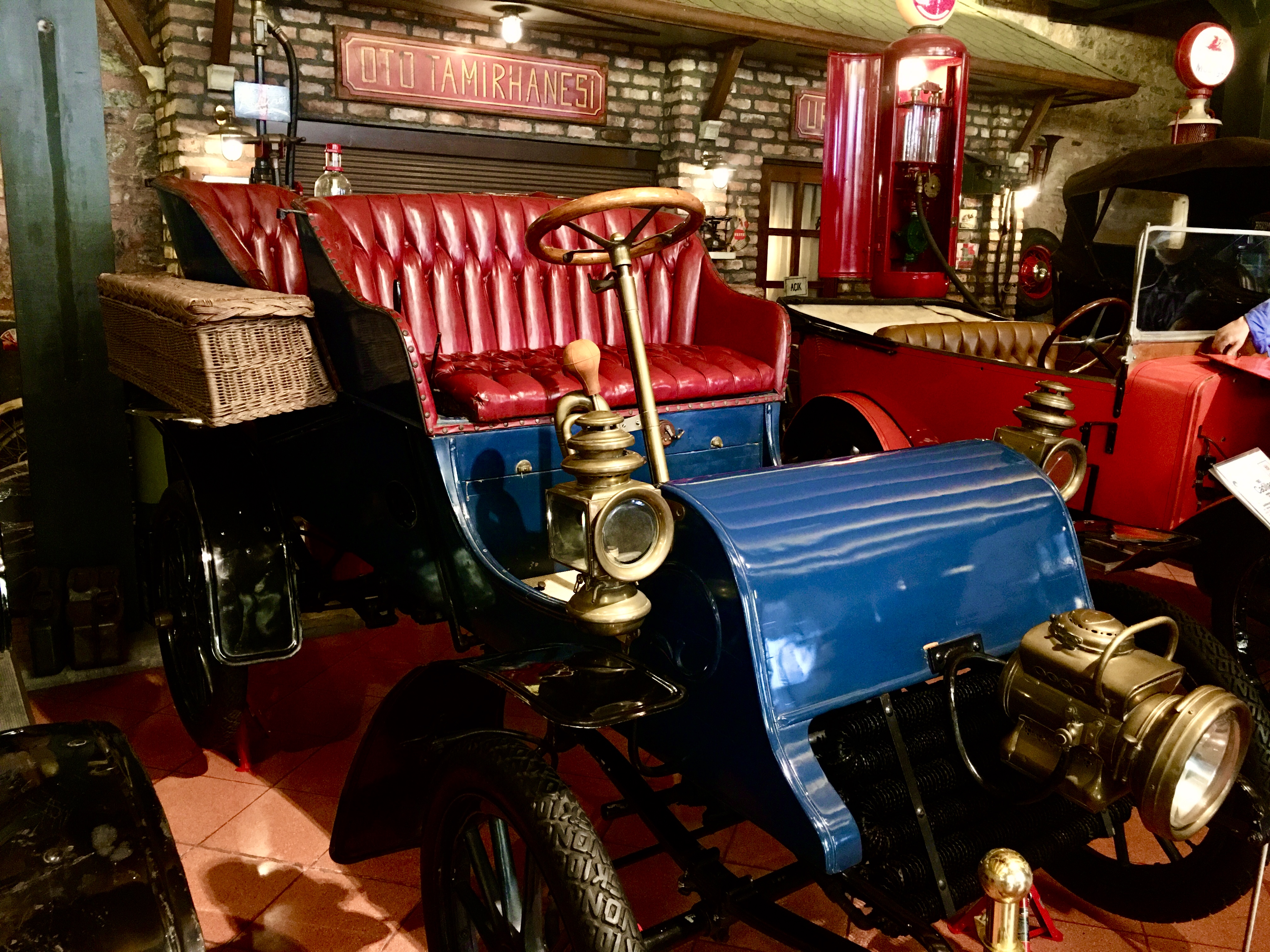
At this point, it might be useful to give some background information before delving more on the museum. Mr. Rahmi Koç is one of the second generation members of the founding family of the Koç Group of Companies in Turkey. The group was founded by his father, Vehbi Koç (1901-1996) at the early years of the Turkish Republic. After his father’s death, Mr. Rahmi Koç headed the conglomerate until he handed over the leadership to the third generation. He is currently the Honorary Chair of the Koç Group.
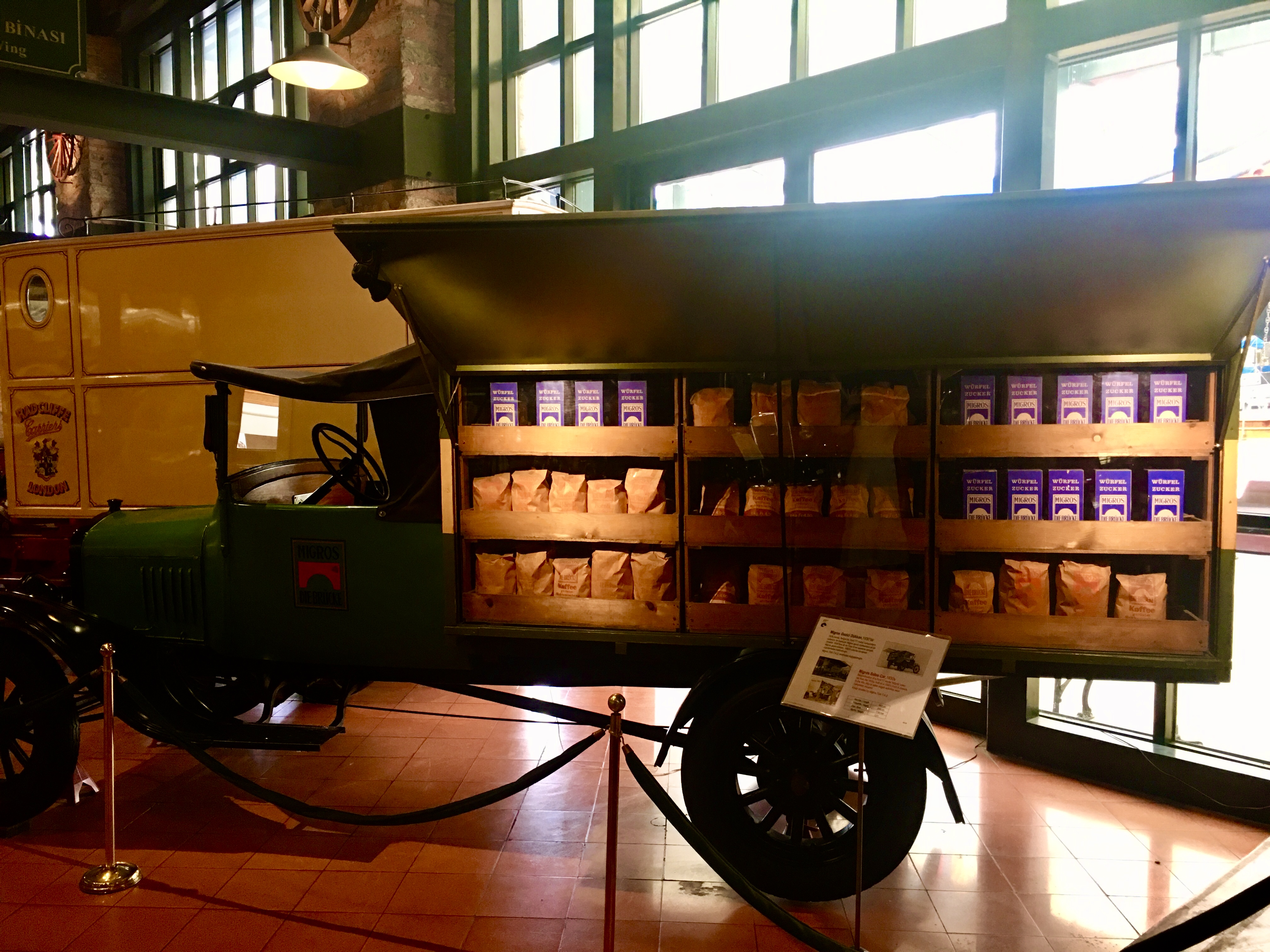
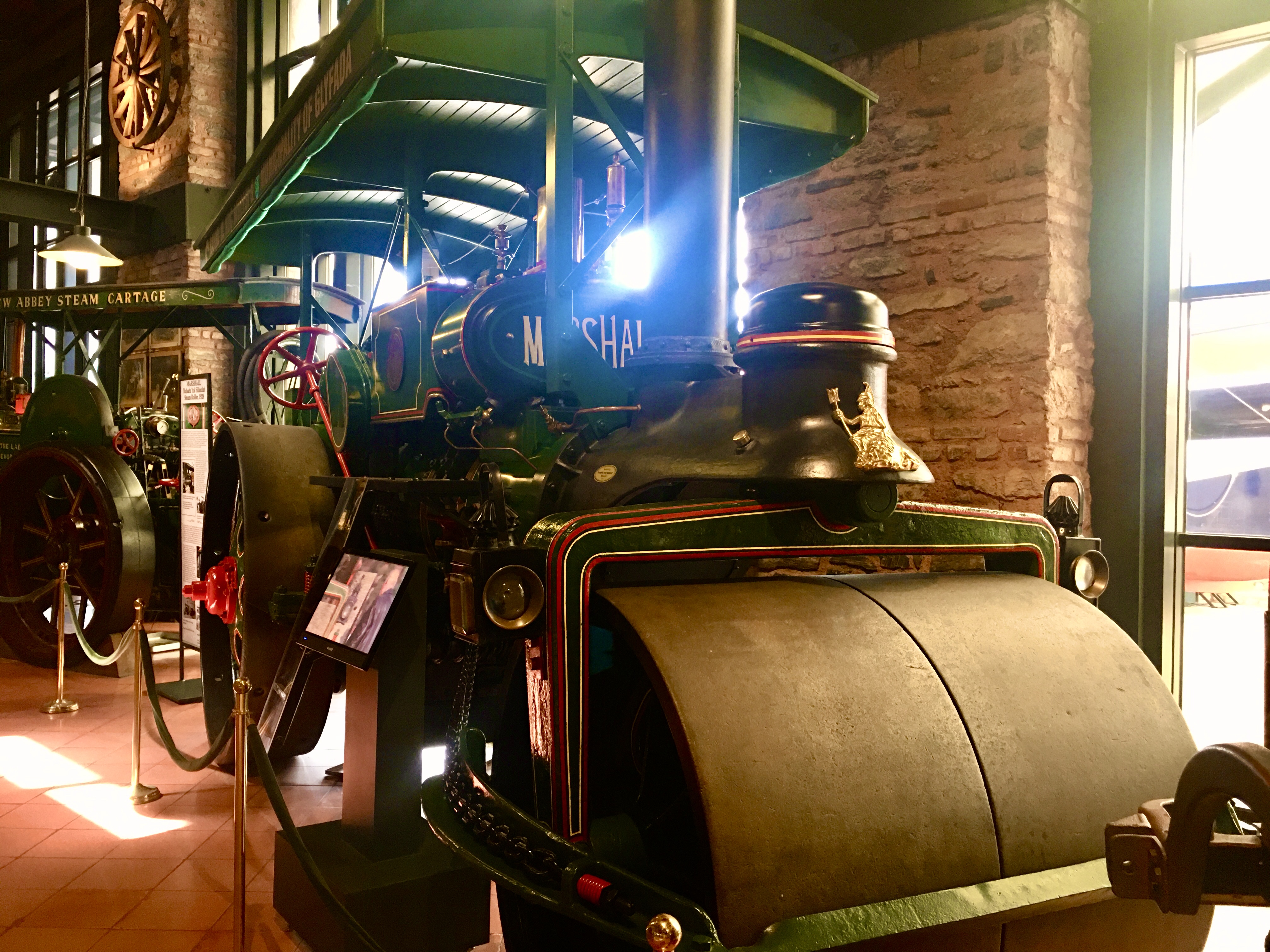
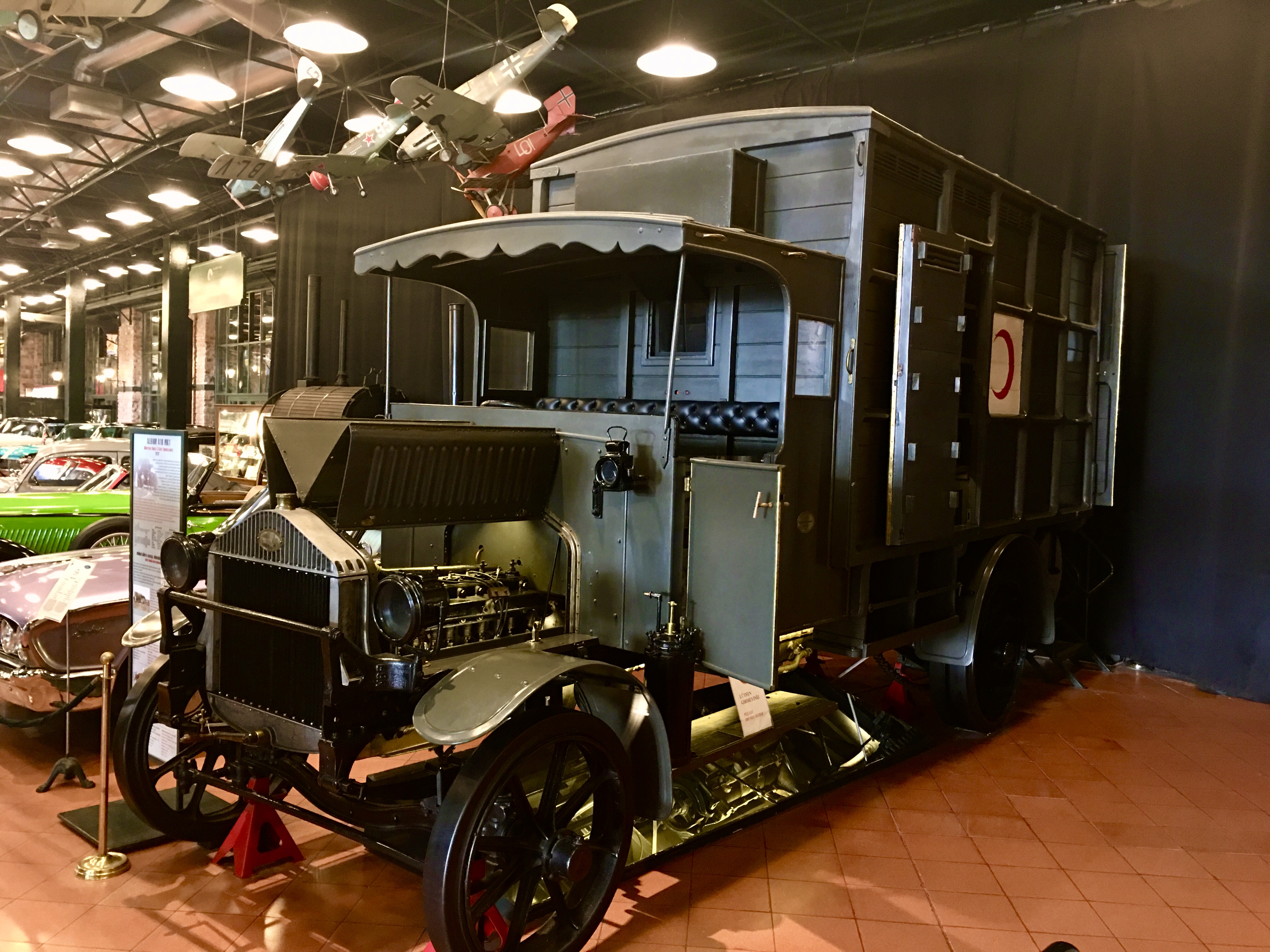
It was used by the Ottomans during WWI
The Koç Group is stated to be the largest industrial and services group in Turkey in terms of revenues, exports, number of employees, taxes paid and market capitalisation. The combined revenues of the group correspond to 6.4% of Turkey’s GDP while the exports correspond to 6.7% of Turkey’s total exports. The market capitalisation of Koç Holding and its affiliated companies accounted for 19.4% of the total market capitalisation of the companies listed on the Istanbul Stock Exchange 100 Index, as of 31 December 2020. The Koç Group is involved in four main industries (energy, finance, consumable durables and automotive) and the service sector. It is the only Turkish industrial group that is included in Global Fortune 500 list of companies and was placed as 467th in the ranking for 2021. The group has production and marketing facilities in over 60 countries and exports to more than 150 countries worldwide. Koç Group is the owner of internationally known brands such as Beko, Grundig, Blomberg, Arctic, Altus and Leisure. Koç is also the producer of Ford and Fiat cars in Turkey. In addition to commercial vehicles, the group’s firm Otokar produces military defence products that are actively used in more than 35 countries. The bank owned by the group (Yapı Kredi) is the third biggest private bank in Turkey. Hotels, restaurants and catering comprise the group’s presence in the services sector. In addition to all of the above, the founder of the conglomerate is also the founder of the top private university (Koç University) in the country with an affiliated university hospital. The American Hospital in Istanbul is also owned by the same group.
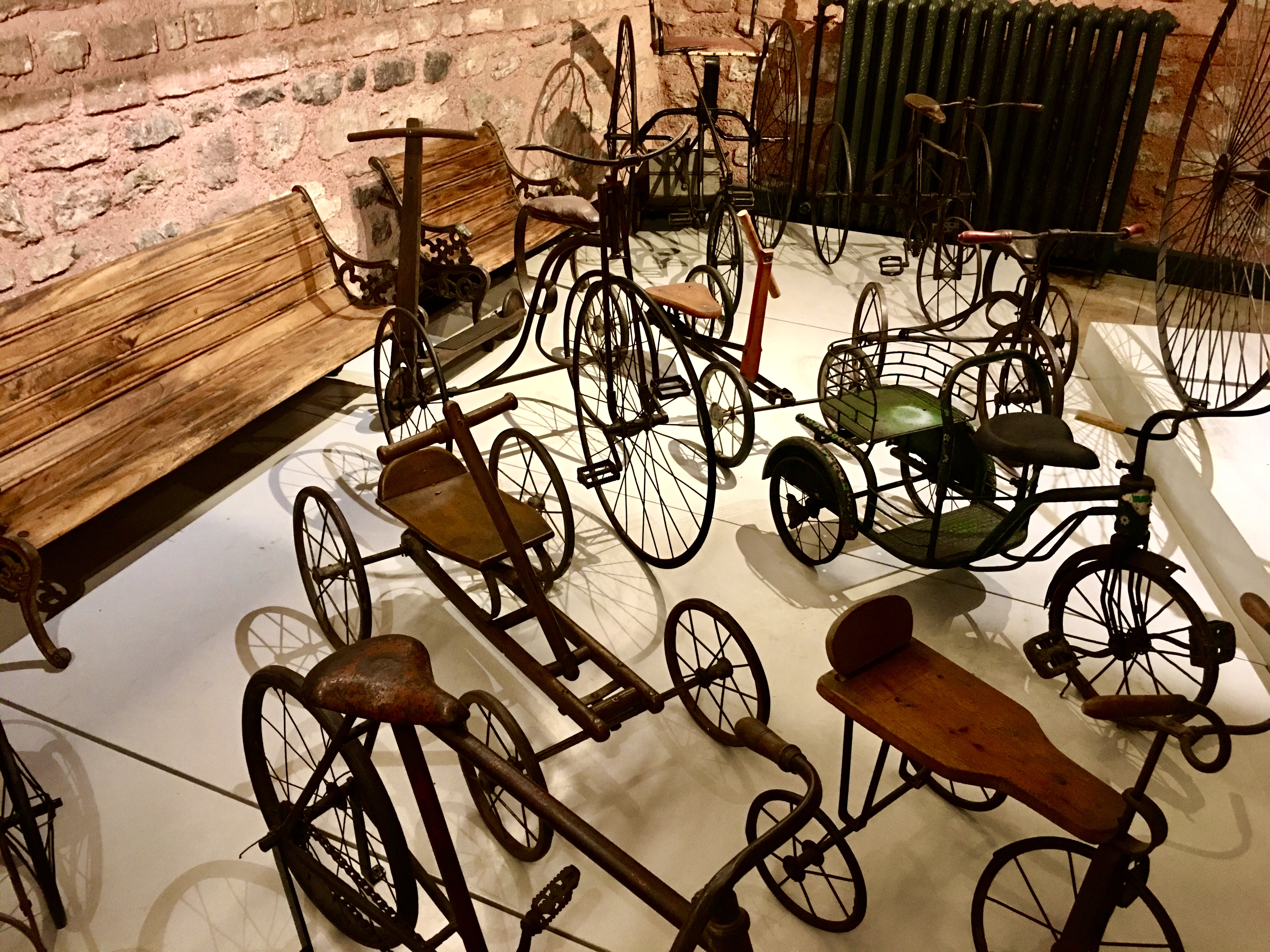
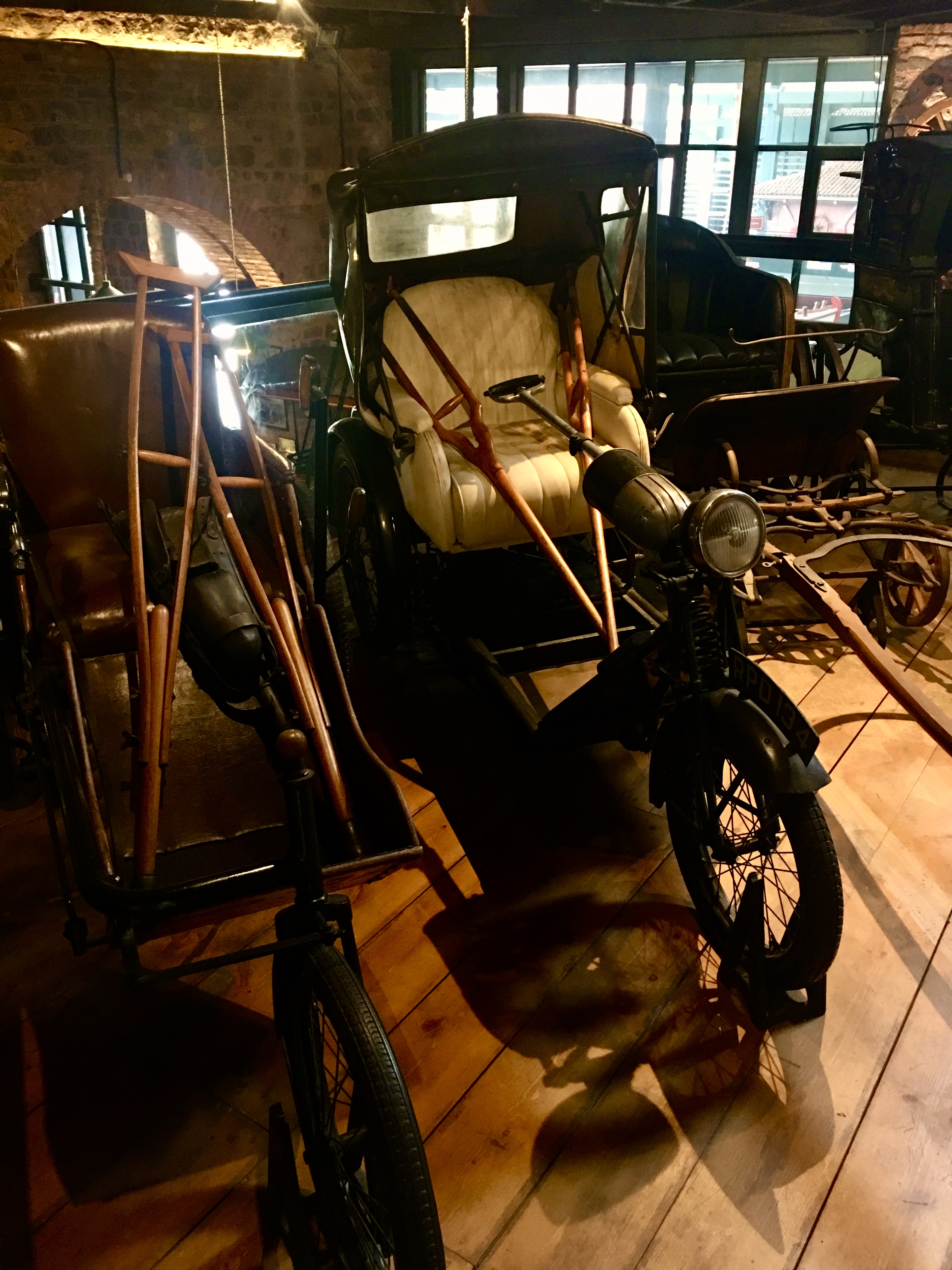
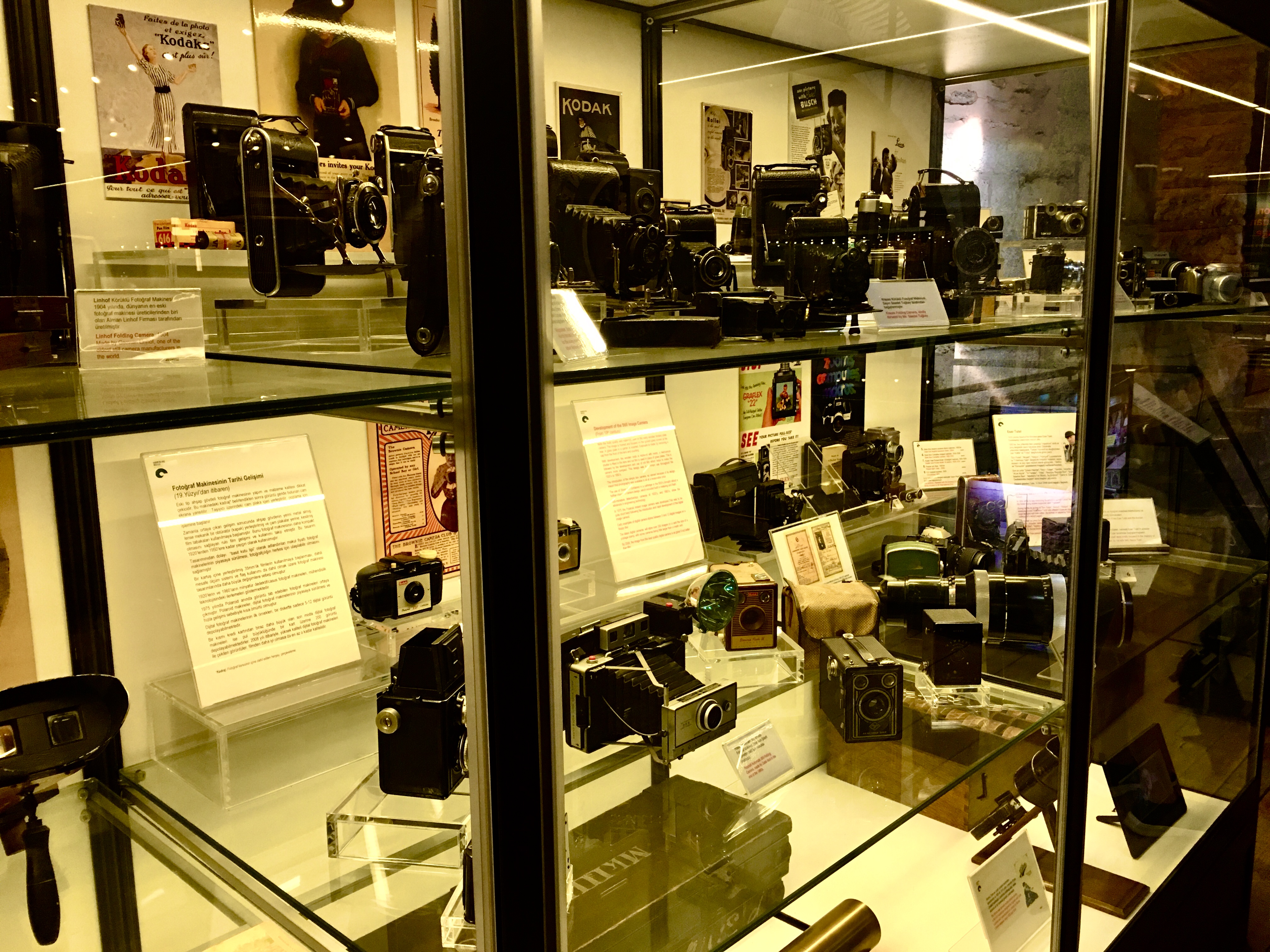
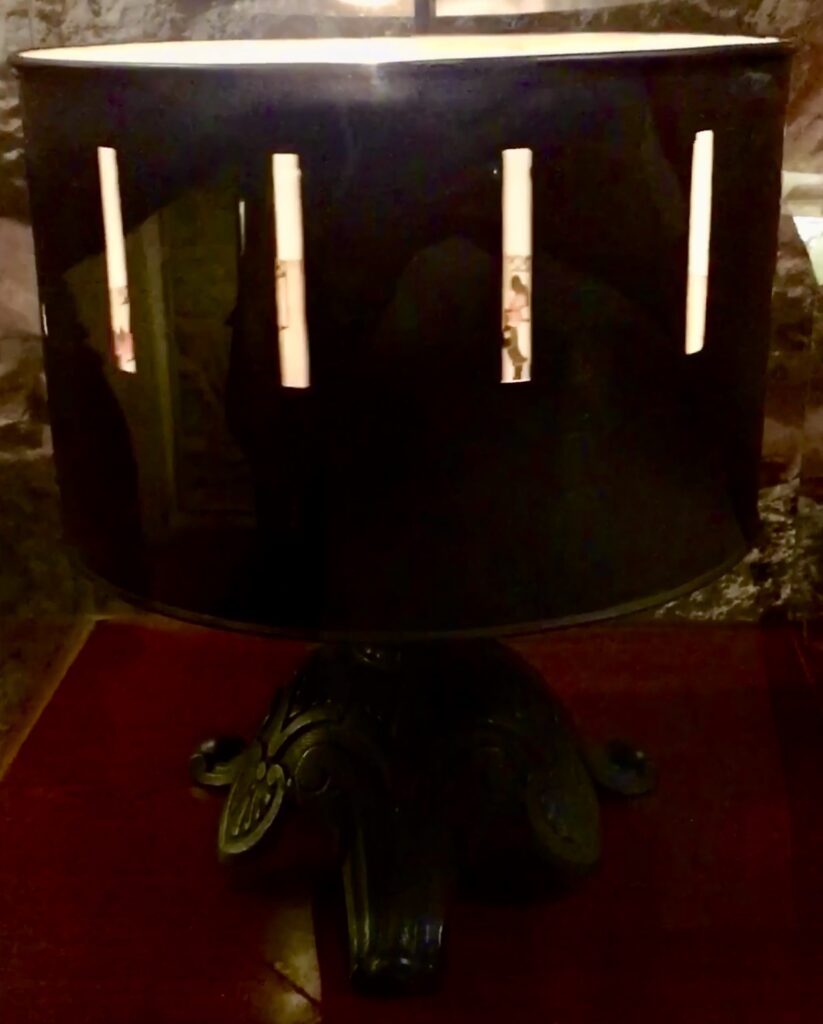
Invented in 1834 by William Horner, it is considered as the forebearer of cinematography
The Rahmi Koç Museum initially opened its doors to the public at the Lengerhane building nearby the Golden Horn. This is a Grade II historical building that dates back to the Byzantine period in the 12th century. During the Ottoman era, starting from the period of Sultan Ahmet III (1703-1730), it was used as a foundry where anchors, chains and other metal parts were produced for the vessels of the navy. The original name of the building, Lengerhane, is a clear indication of this production process as lenger means anchor and chain while hane means house. The building went through a thorough restoration for several years before it was inaugurated in 1994. An additional underground gallery was also added to the original building during the restoration. However, shortly afterwards, a space limitation reoccurred due to the continuous expansion of the museum’s collection.
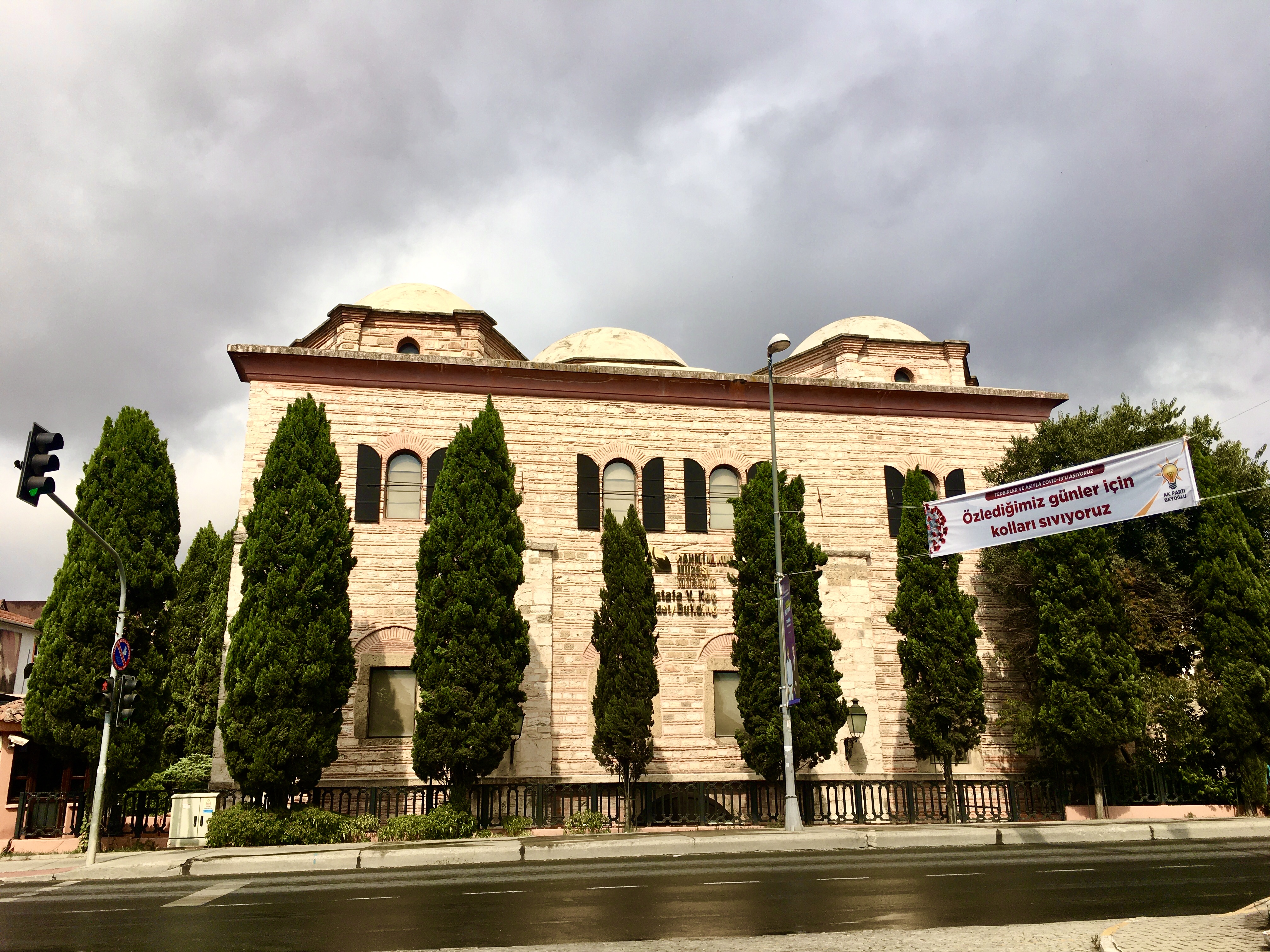
its doors in 1994
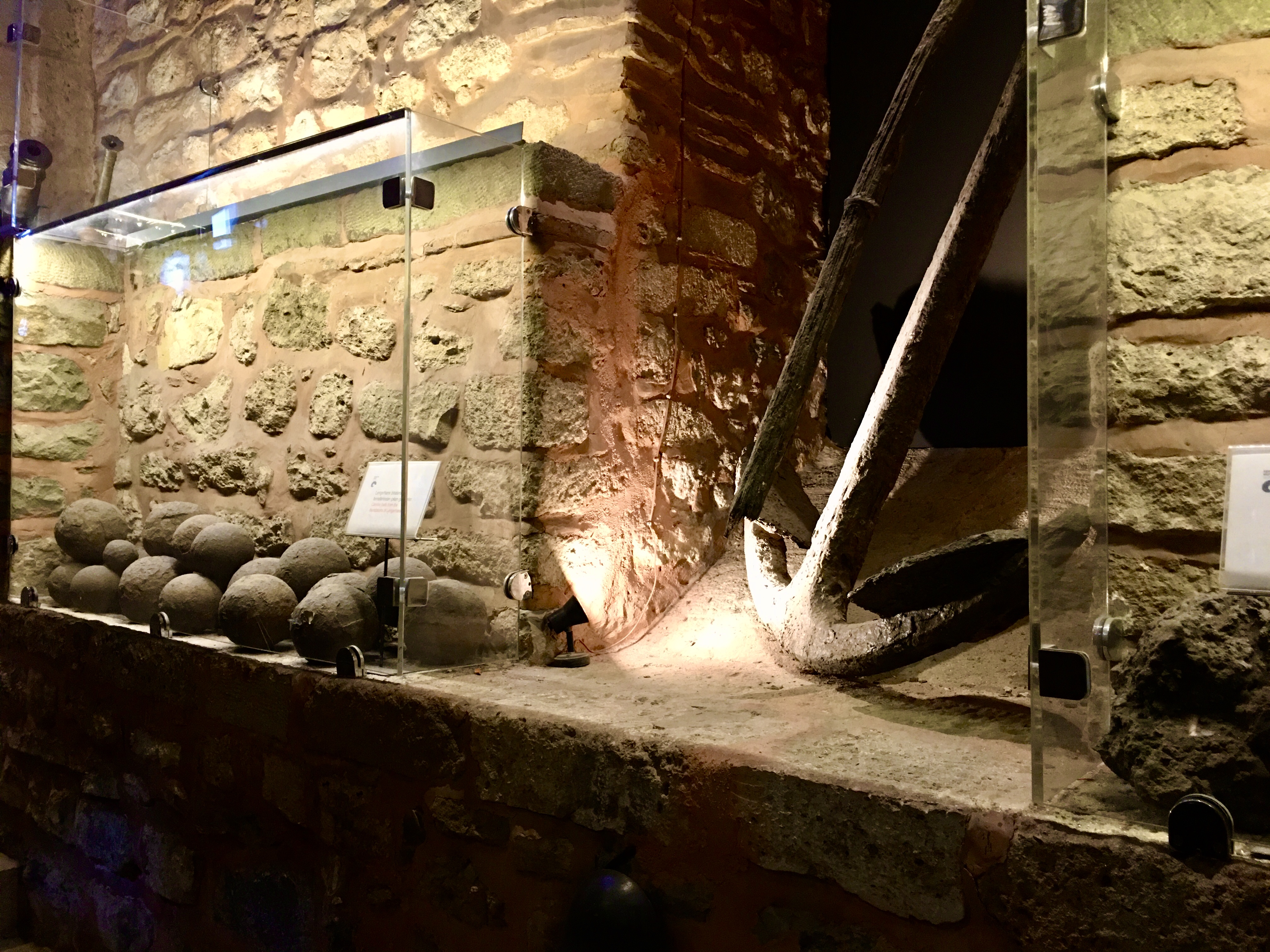
the restoration of the building

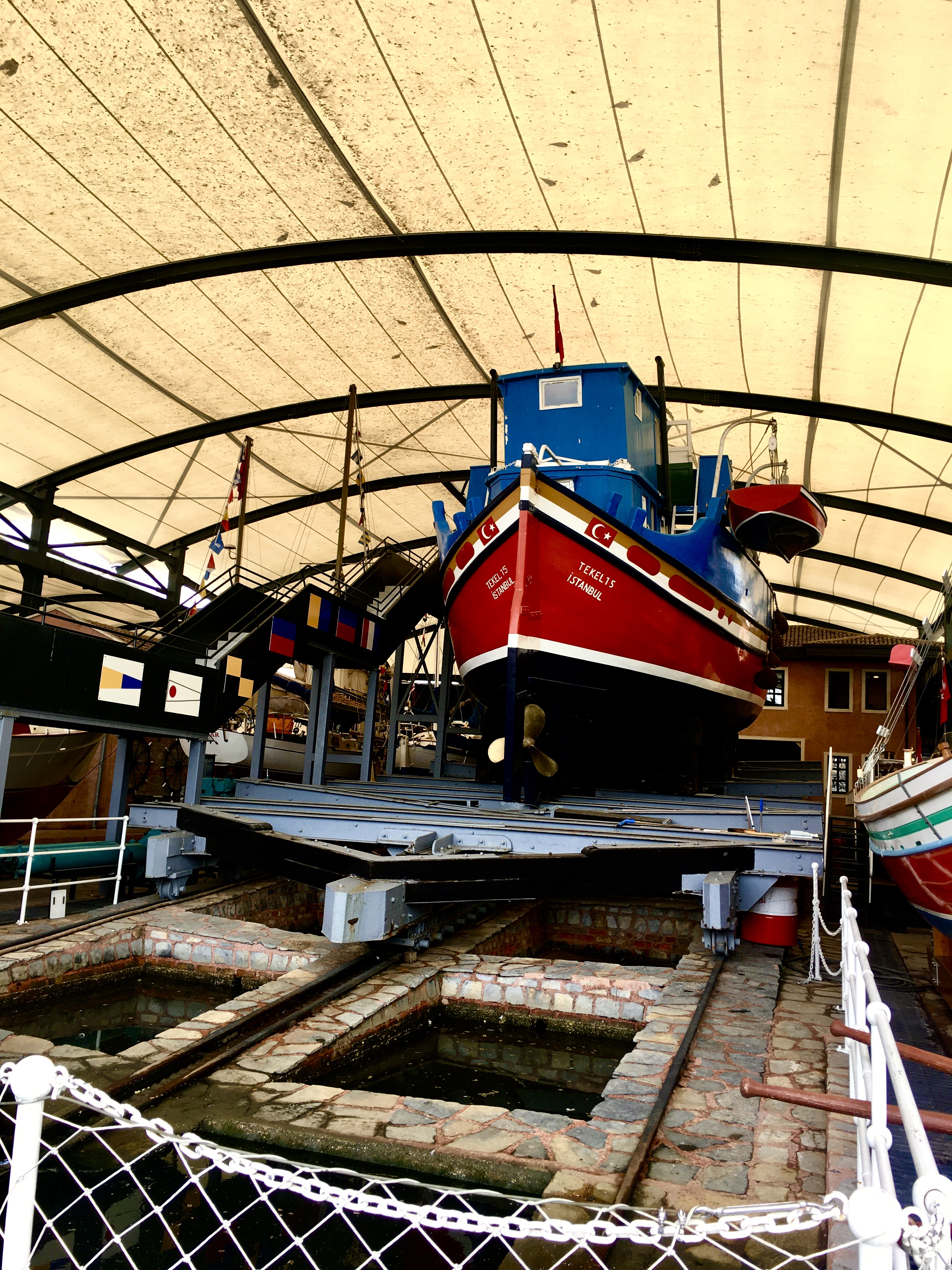
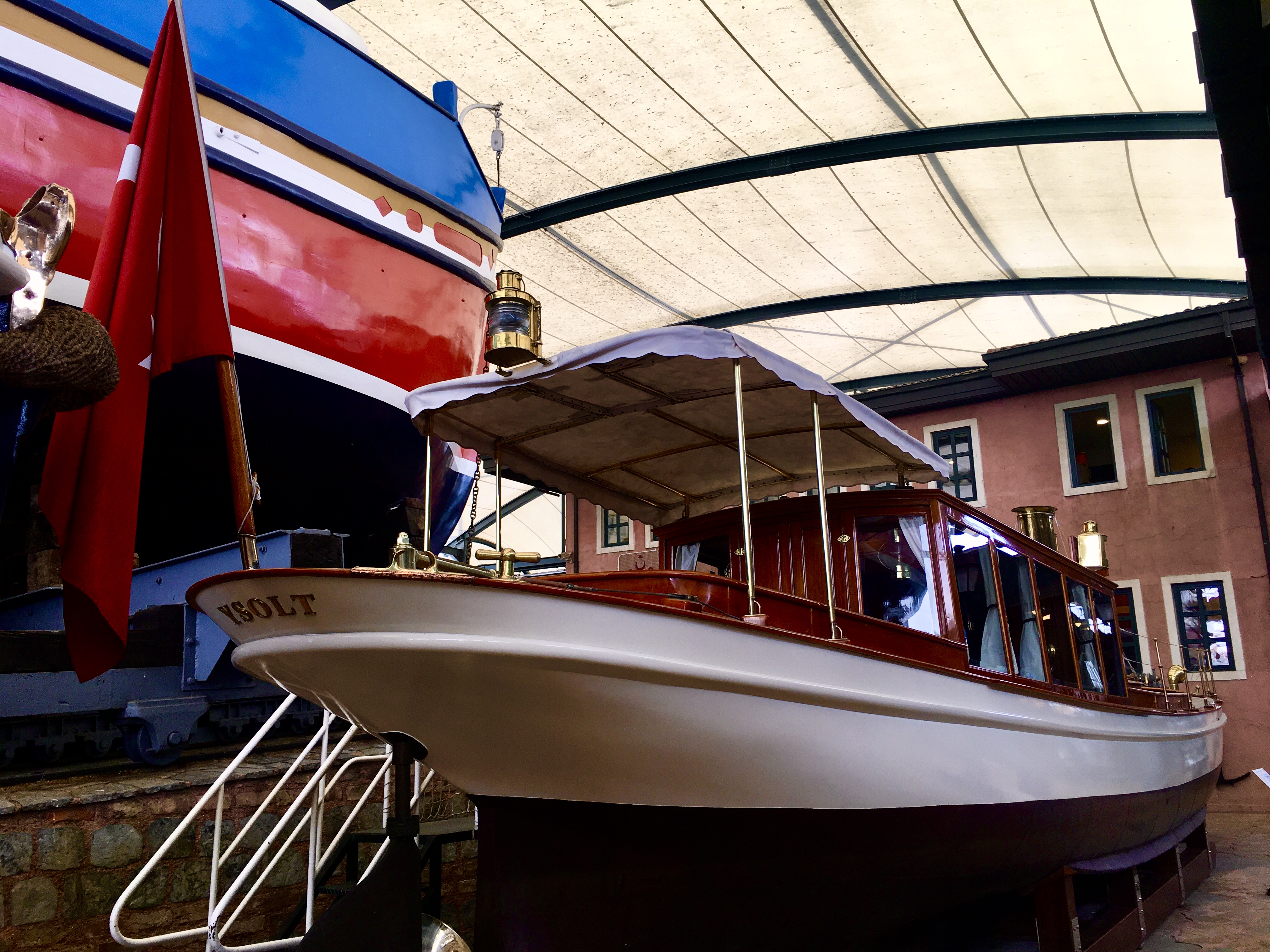
Built in Dartmouth, England
In 1996, the museum bought the historical Hasköy Dockyard, which was across the street from the Lengerhane building, by the shore of the Golden Horn. The dockyard was from the period of Sultan Abdülaziz. It was built in 1861 for the repair and maintenance of the ships of the Ottoman Sea Line Company (Şirket-i Hayriye). The 14 buildings and the slipways that were practically in ruins were totally restored before the dockyard side of the museum was also opened to public in 2001.
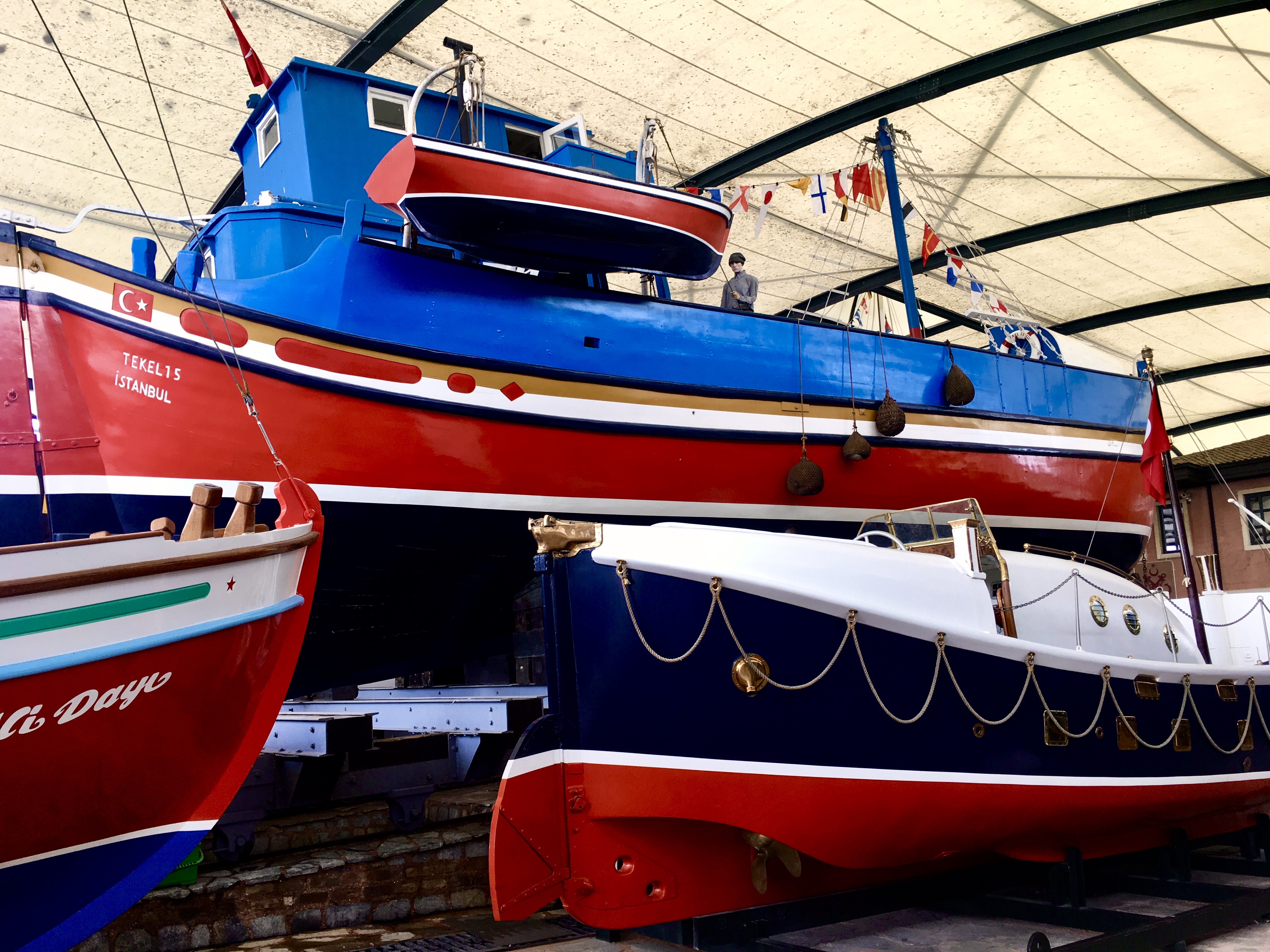
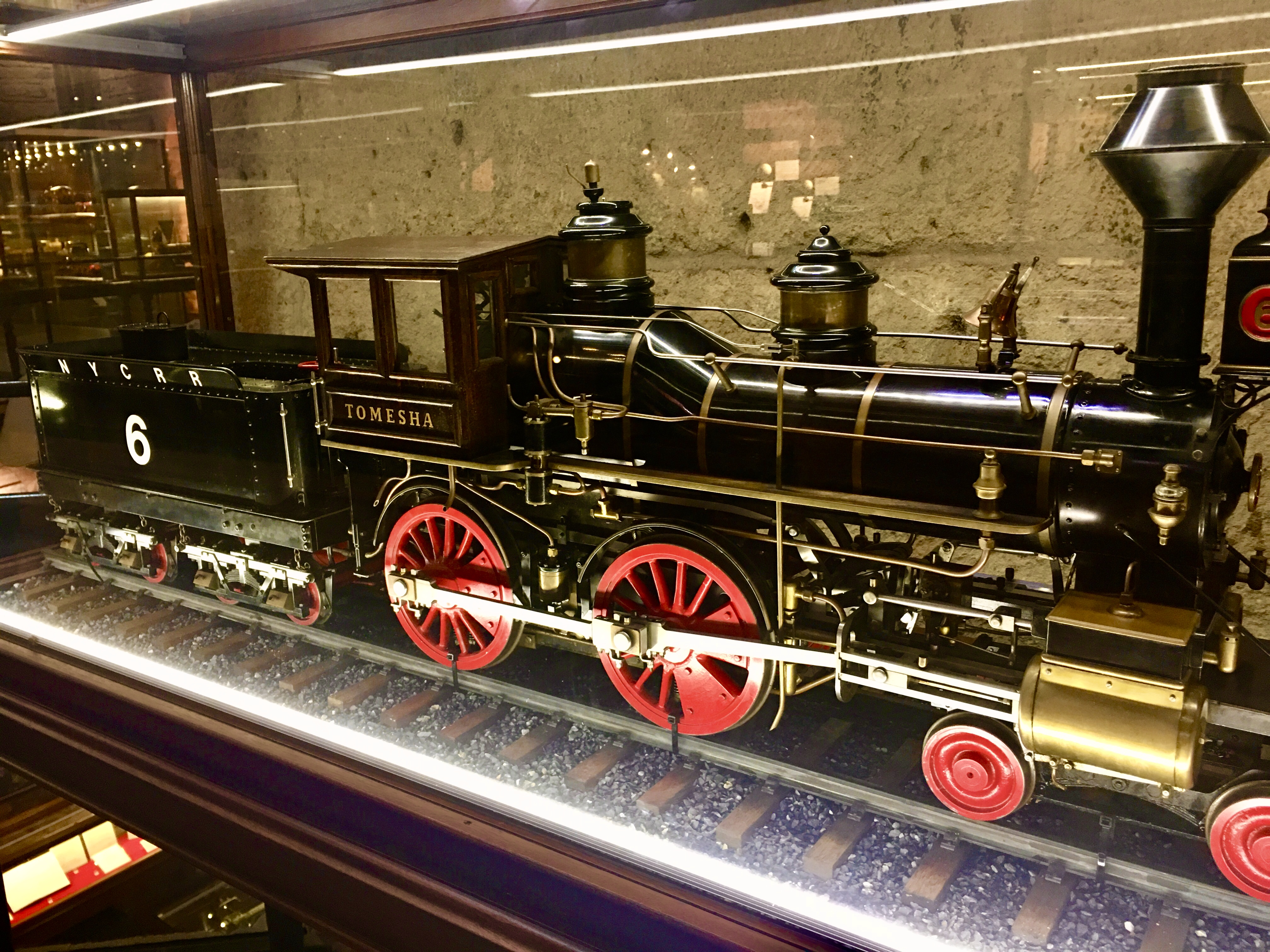
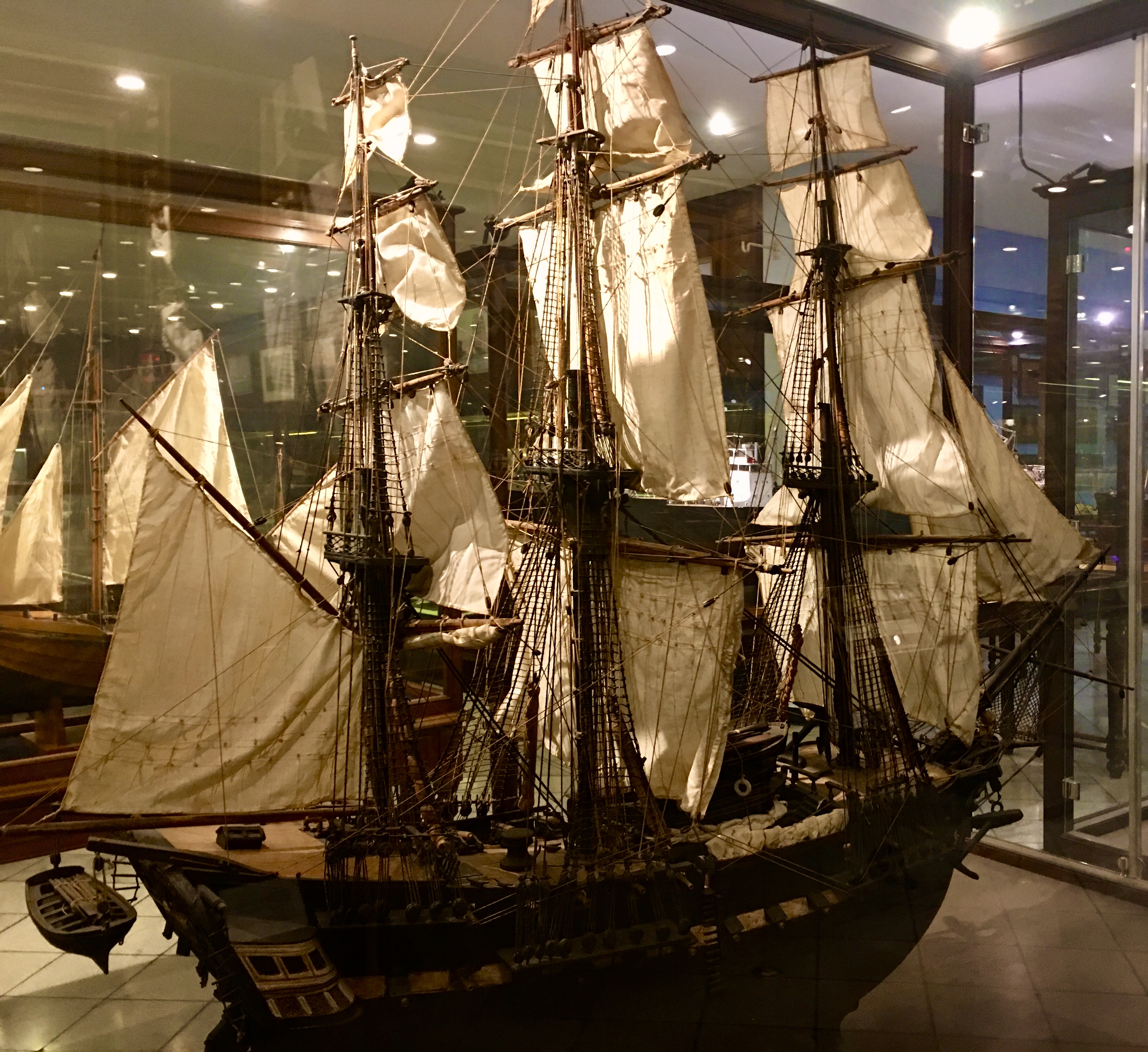
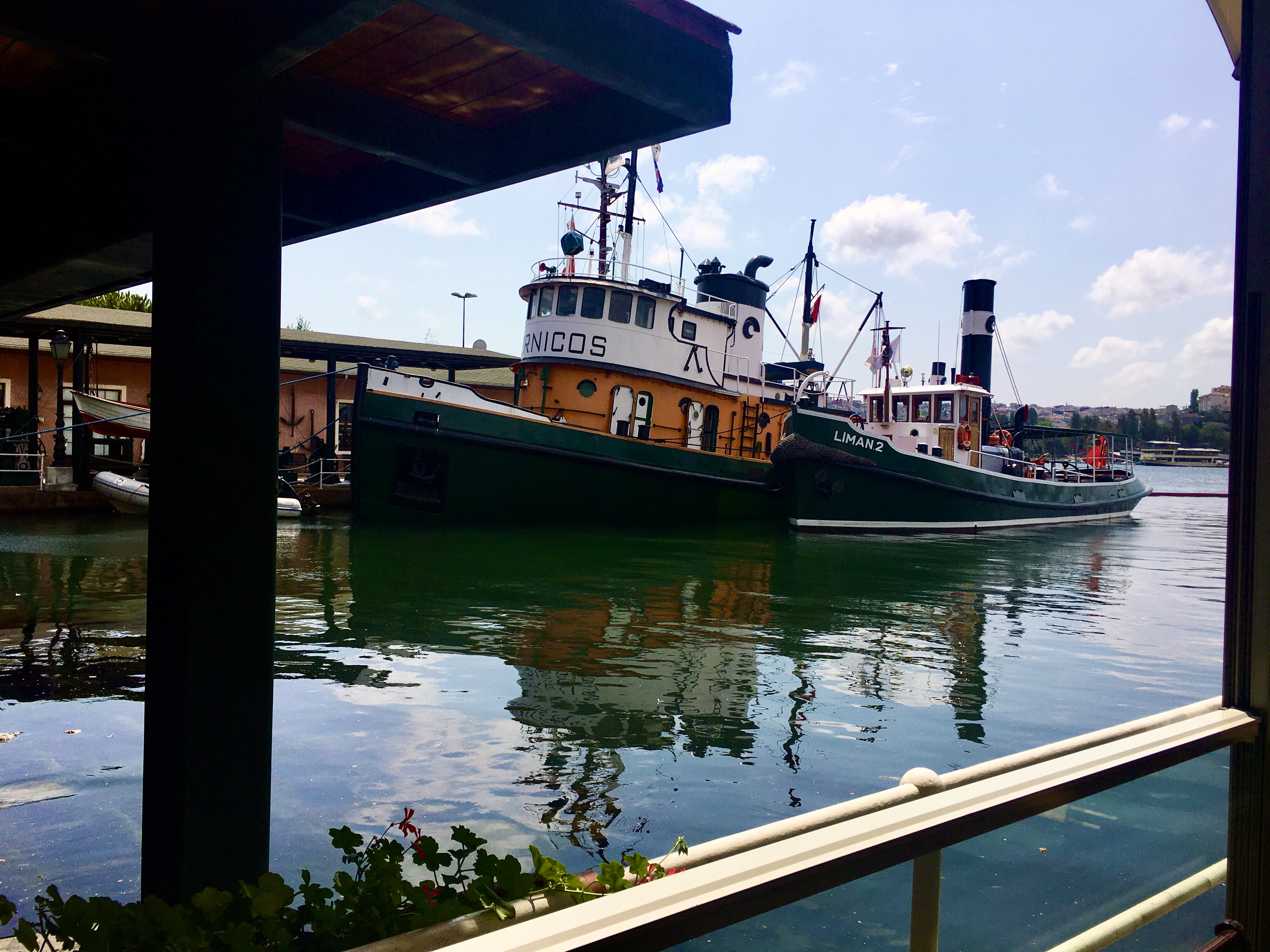
boats of the museum
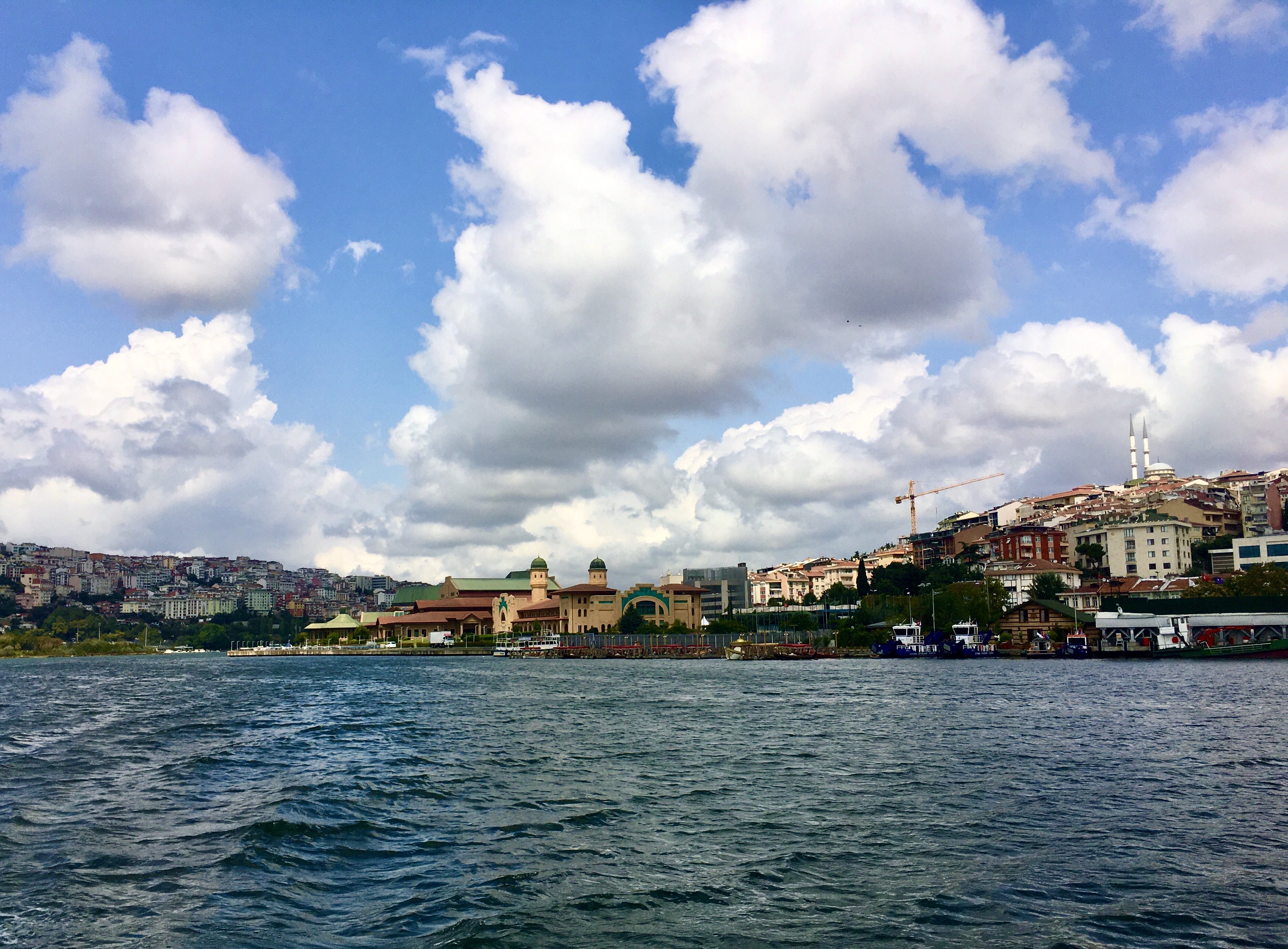
The museum is divided into several sections spread across the two main locations. Entrance is from the seaside premises where you can buy your tickets. Be sure to keep your tickets as you will also need them to visit the Lengerhane section across the street. Separate tickets are needed for the nostalgic train and the Golden Horn boat trips. You can get the necessary information about these activities at the ticket counter.
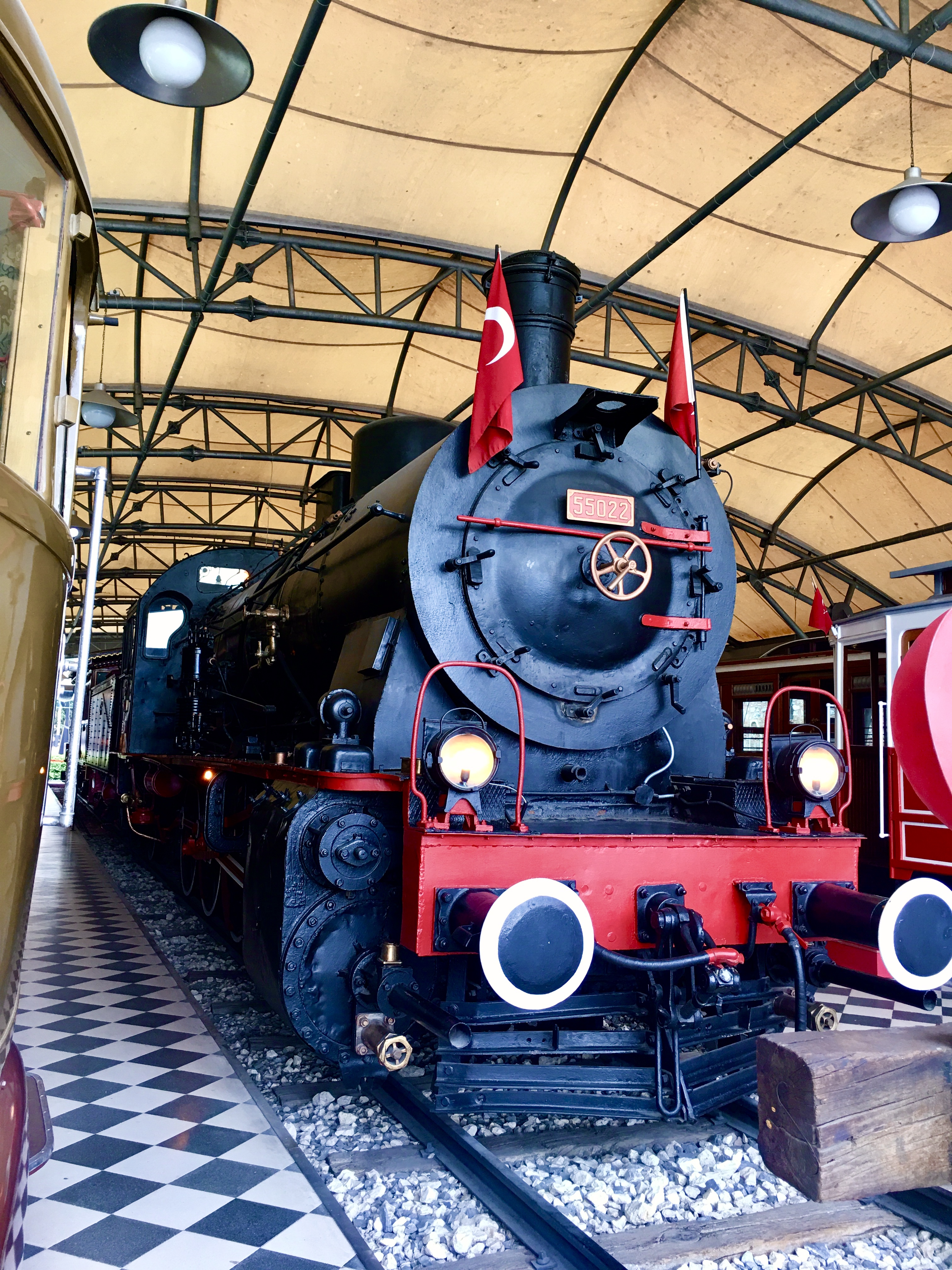
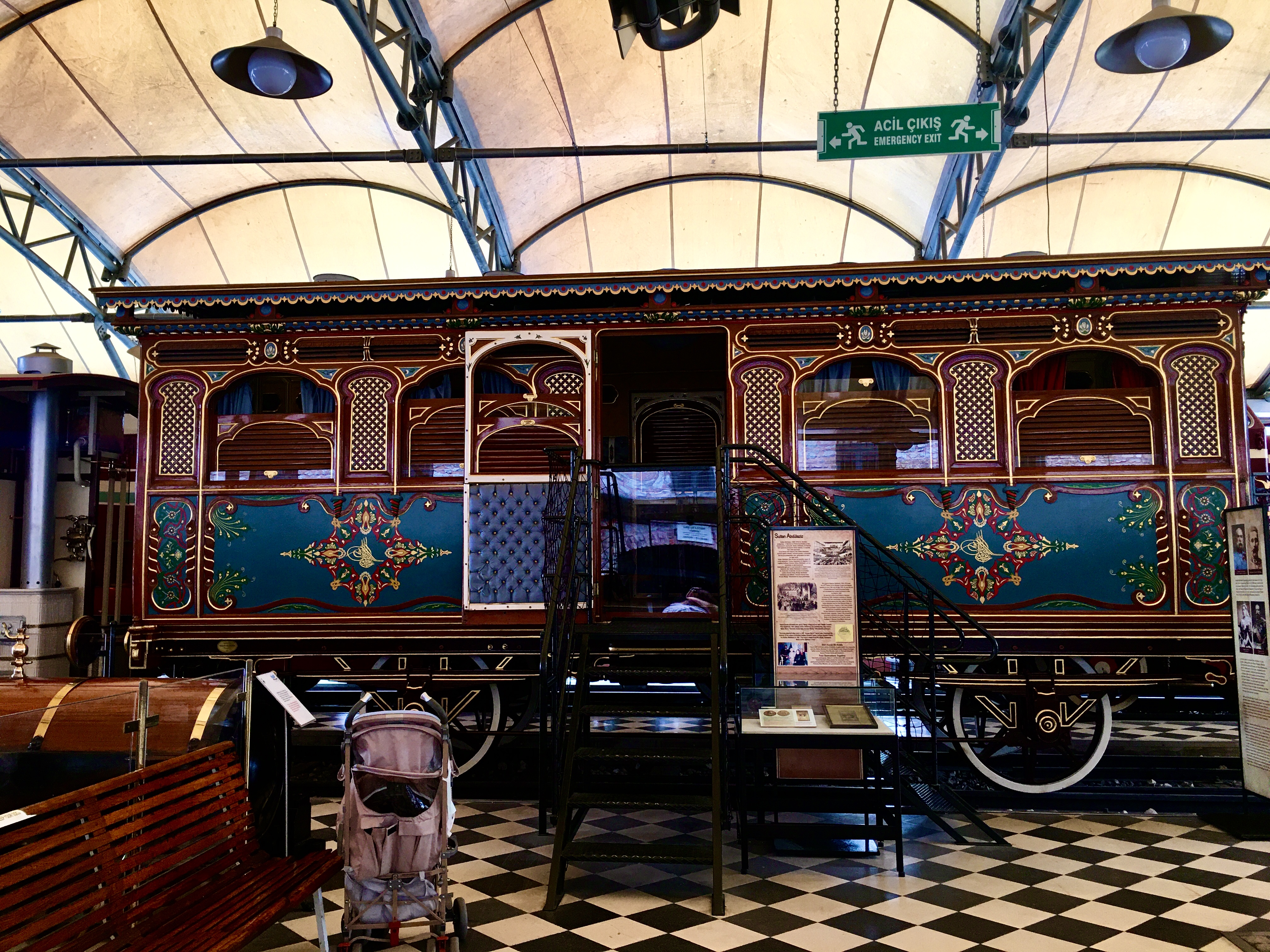
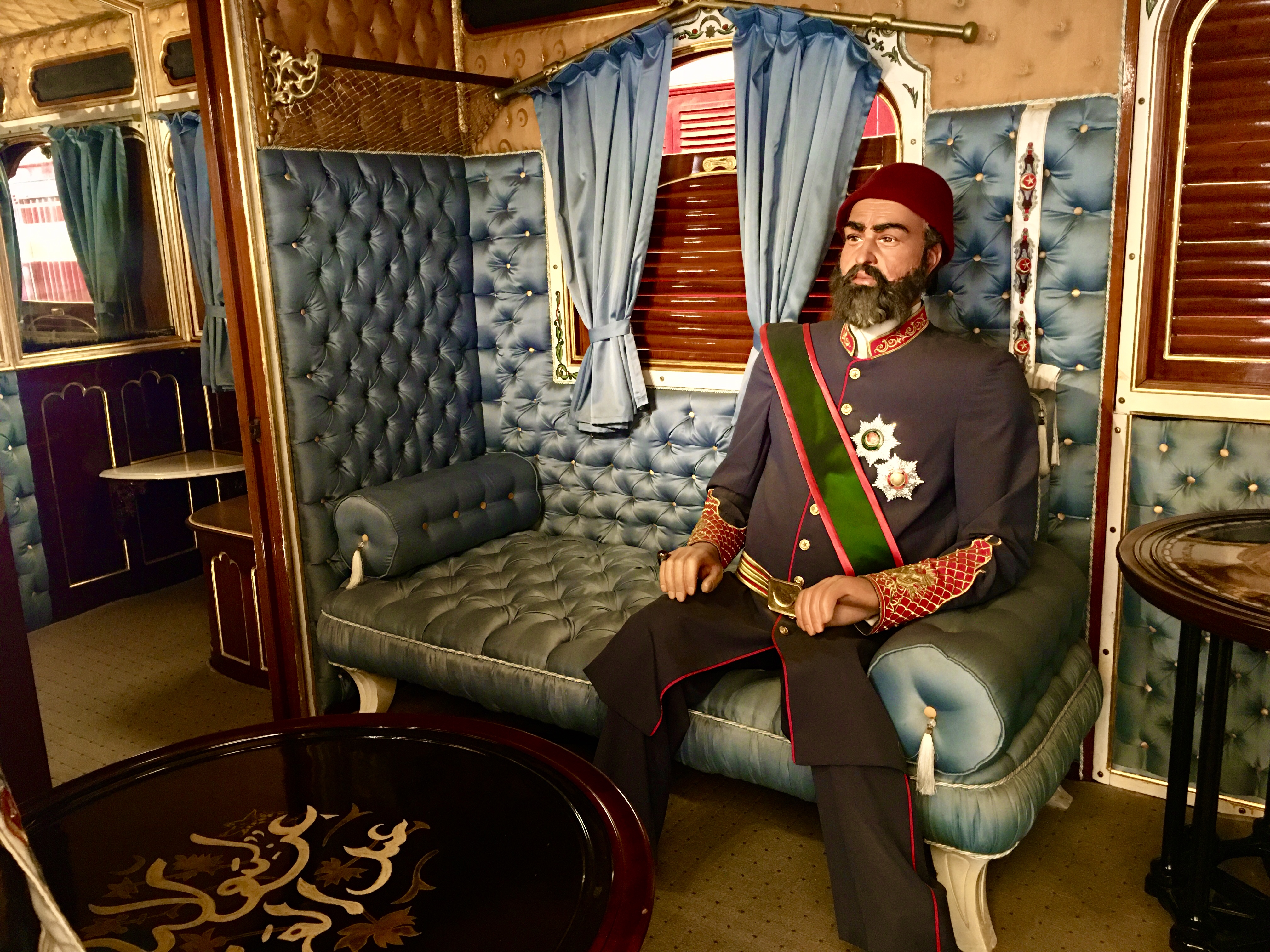
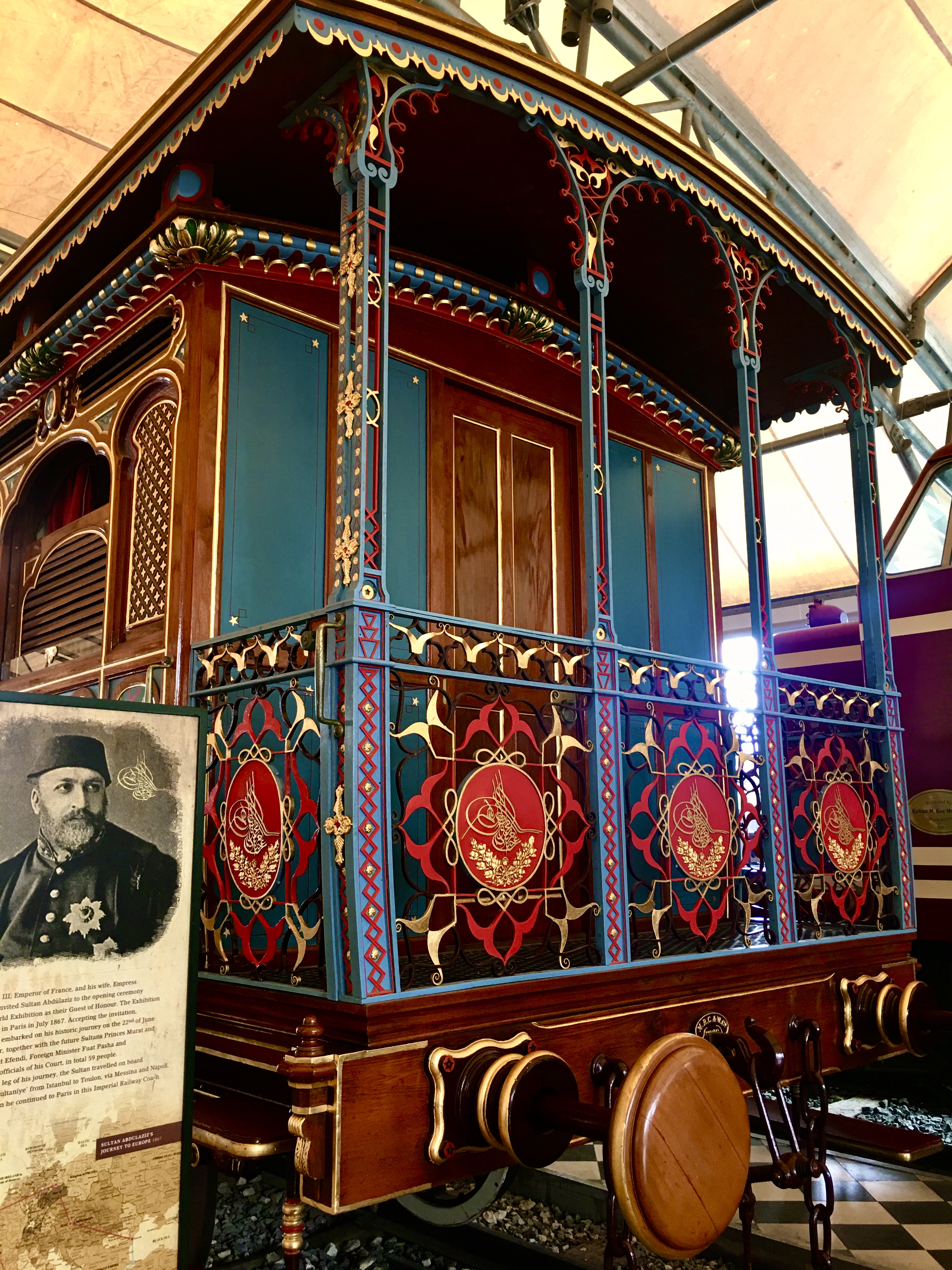
The main themes of the museum are; scientific instruments, rail transportation, maritime, communication instruments, road transportation, engineering, aviation, models and toys, Fenerbahçe ferry boat and special collections. The museum also proudly exhibits some of the personal belongings of Mustafa Kemal Atatürk (1881-1938), the founder of the Turkish Republic, and his wife. The nostalgic 19th century street representation is another point of attraction at the museum. Here you will see the display of the related objects of the museum’s collection organised in reconstructed shops of various professions.
